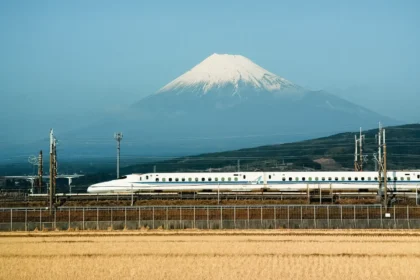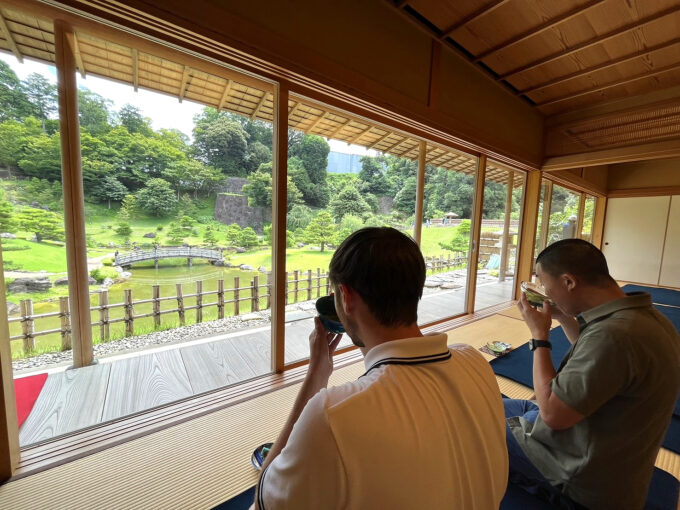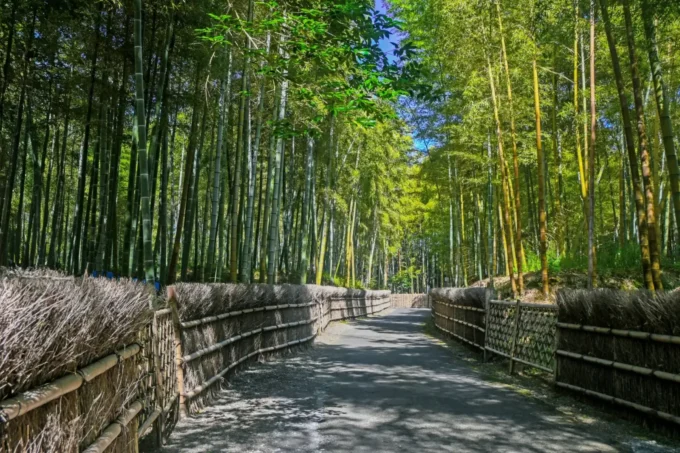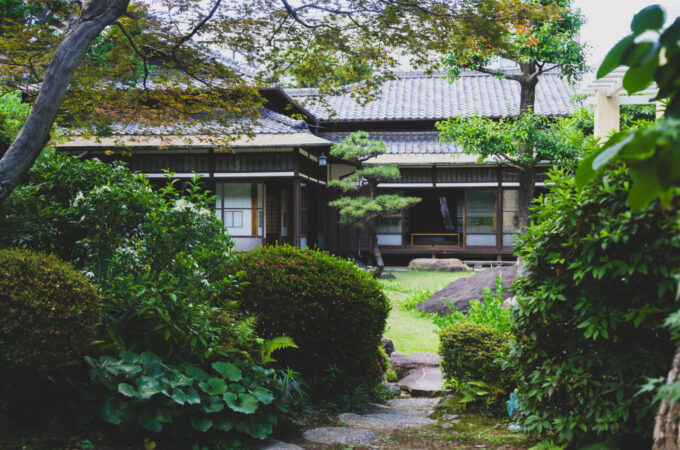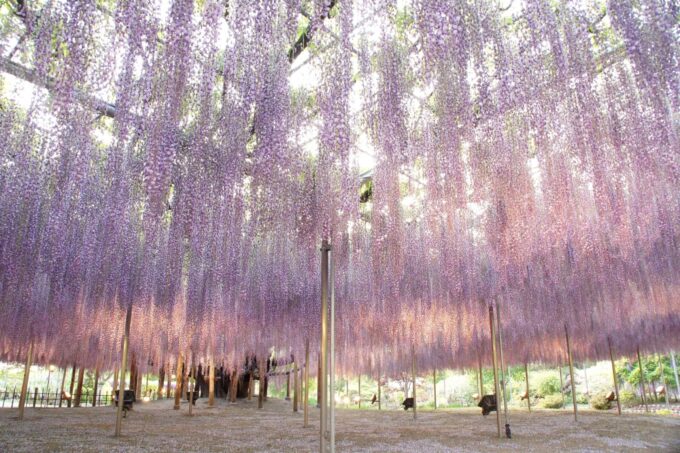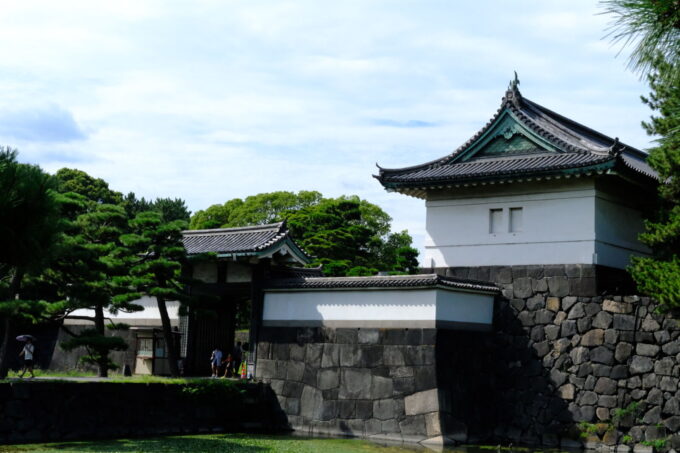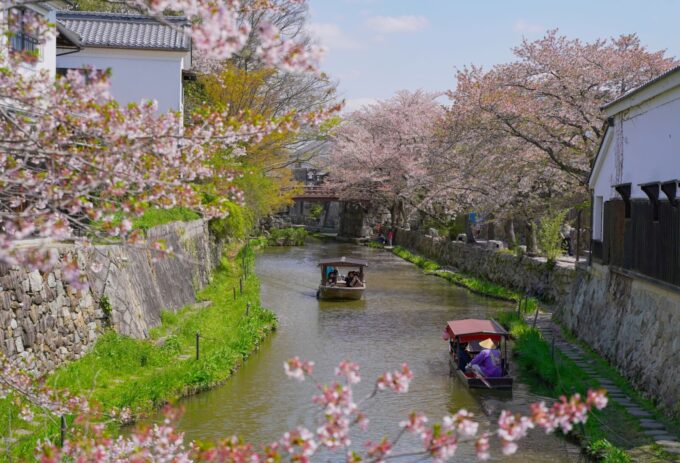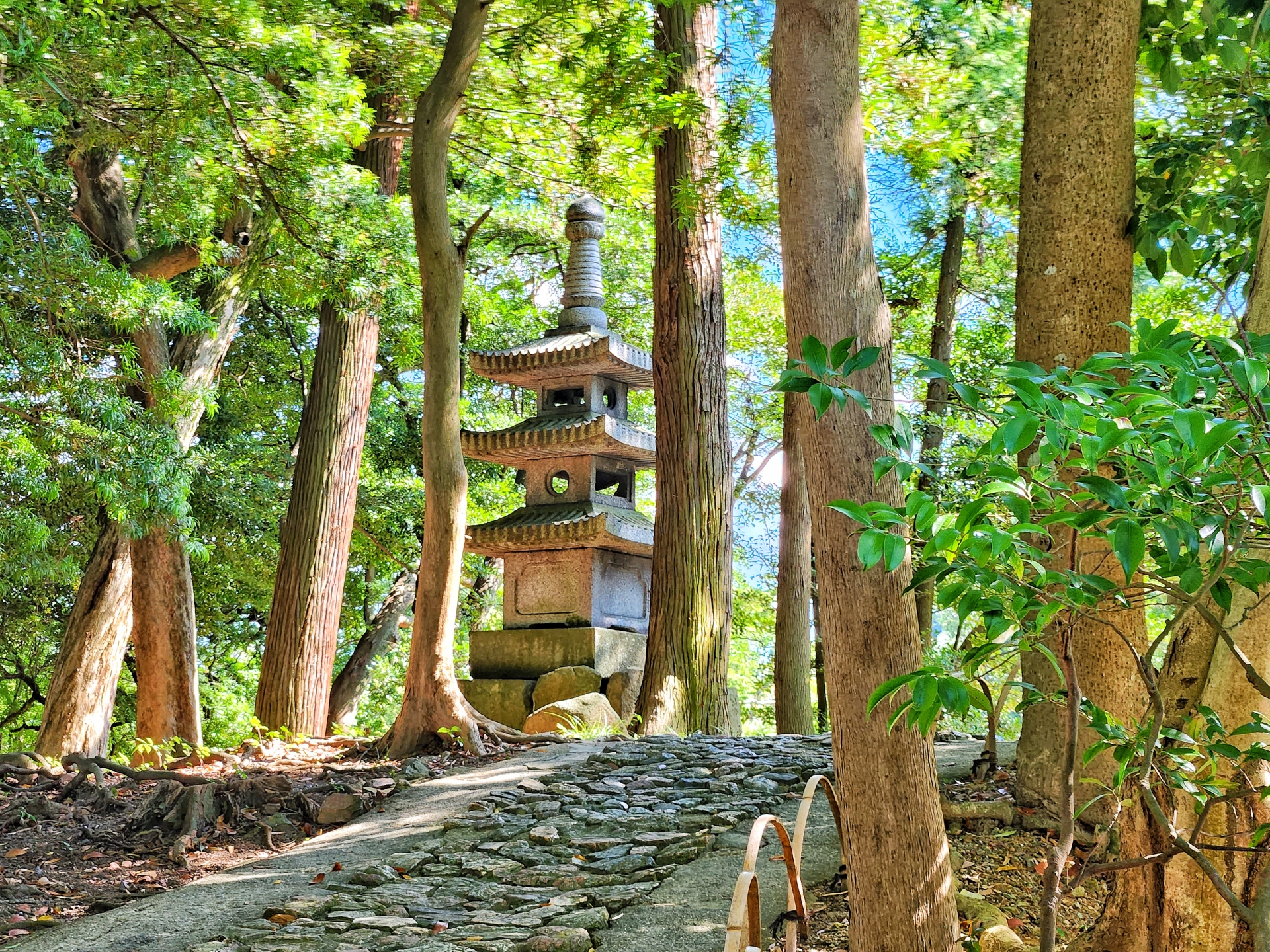
What Are the Best Gardens to Visit in Japan?
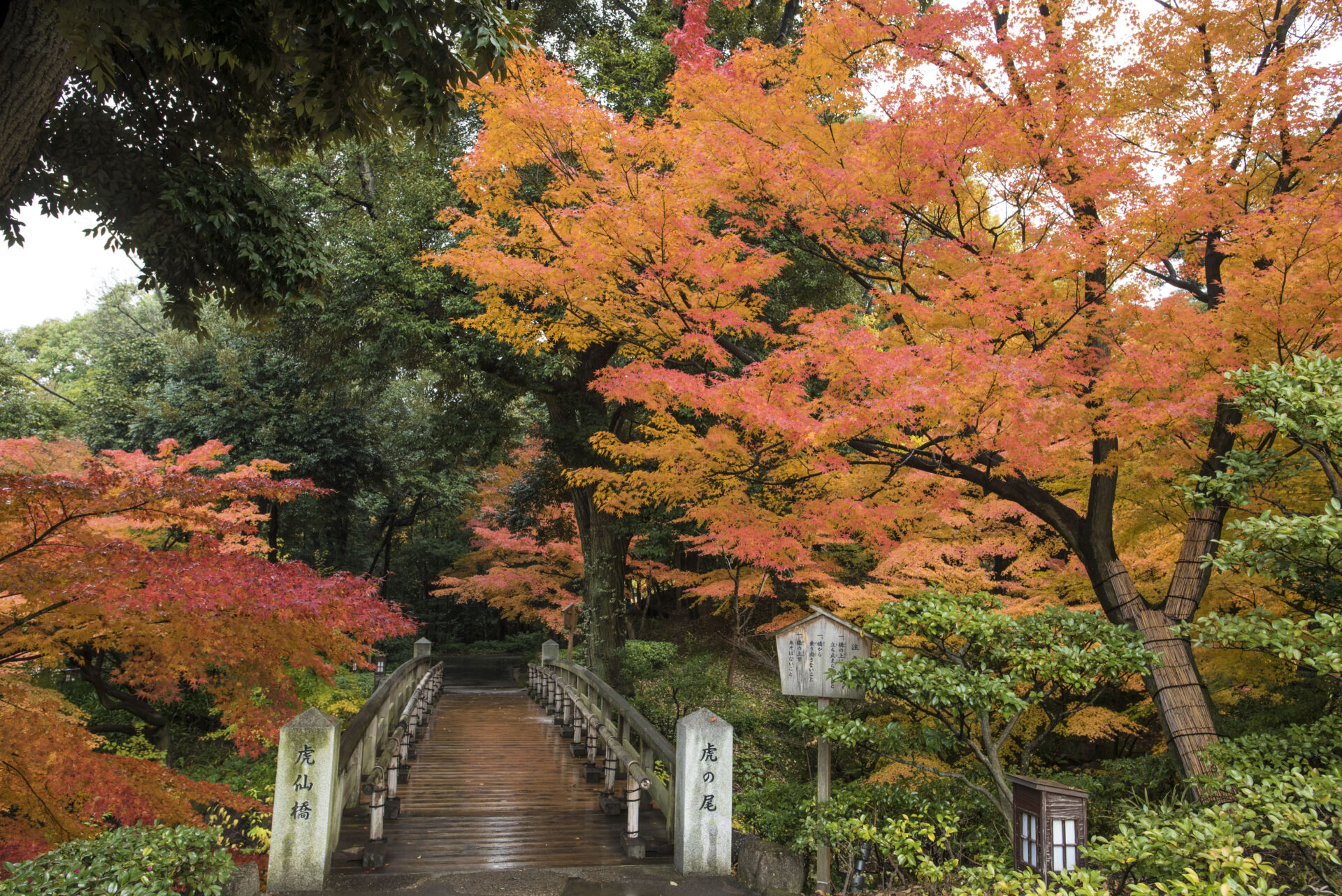
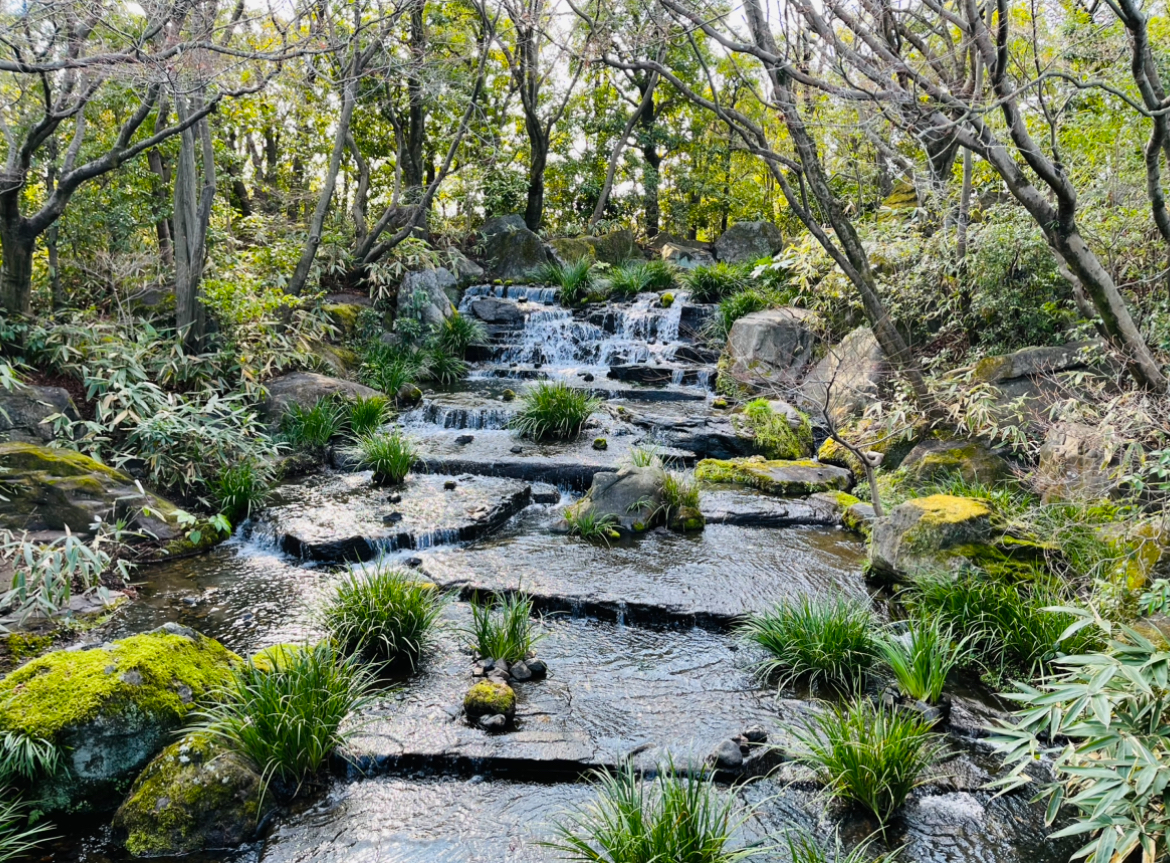
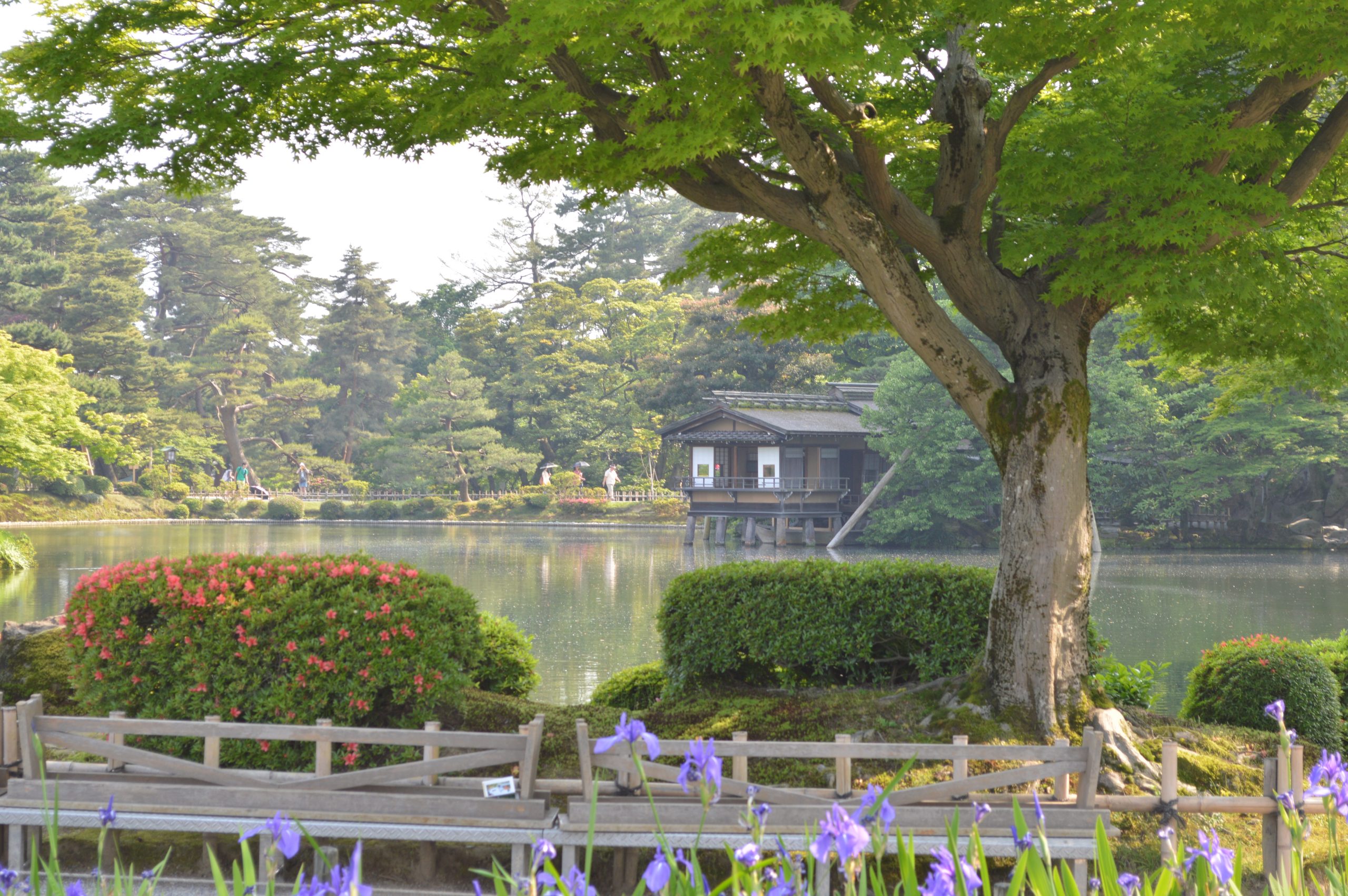
Japanese gardens offer visitors a chance to relax and reflect on not only the natural beauty of the landscape and plants but also the unique aesthetics and appreciation of details that comes with Japanese garden design. Whether you’re interested in historical gardens, Zen spaces, or seasonal beauty, Japan has a garden to suit every traveler's taste.
We have compiled a list of what we believe to be some of the best and most easily accessible gardens in Japan.
-- Ryoan-ji
-- Kinkaku-ji
Japanese Gardens to Include in Your Travel Plans
Immerse yourself in peaceful landscapes and experience the tranquility of Japan's most breathtaking gardens. From Kanazawa's Kenroku-en to Tochigi's Ashikaga Flower Park, these lush, meditative gardens and green spaces offer the perfect retreat for nature lovers.
Kenrokuen Garden (Ishikawa)
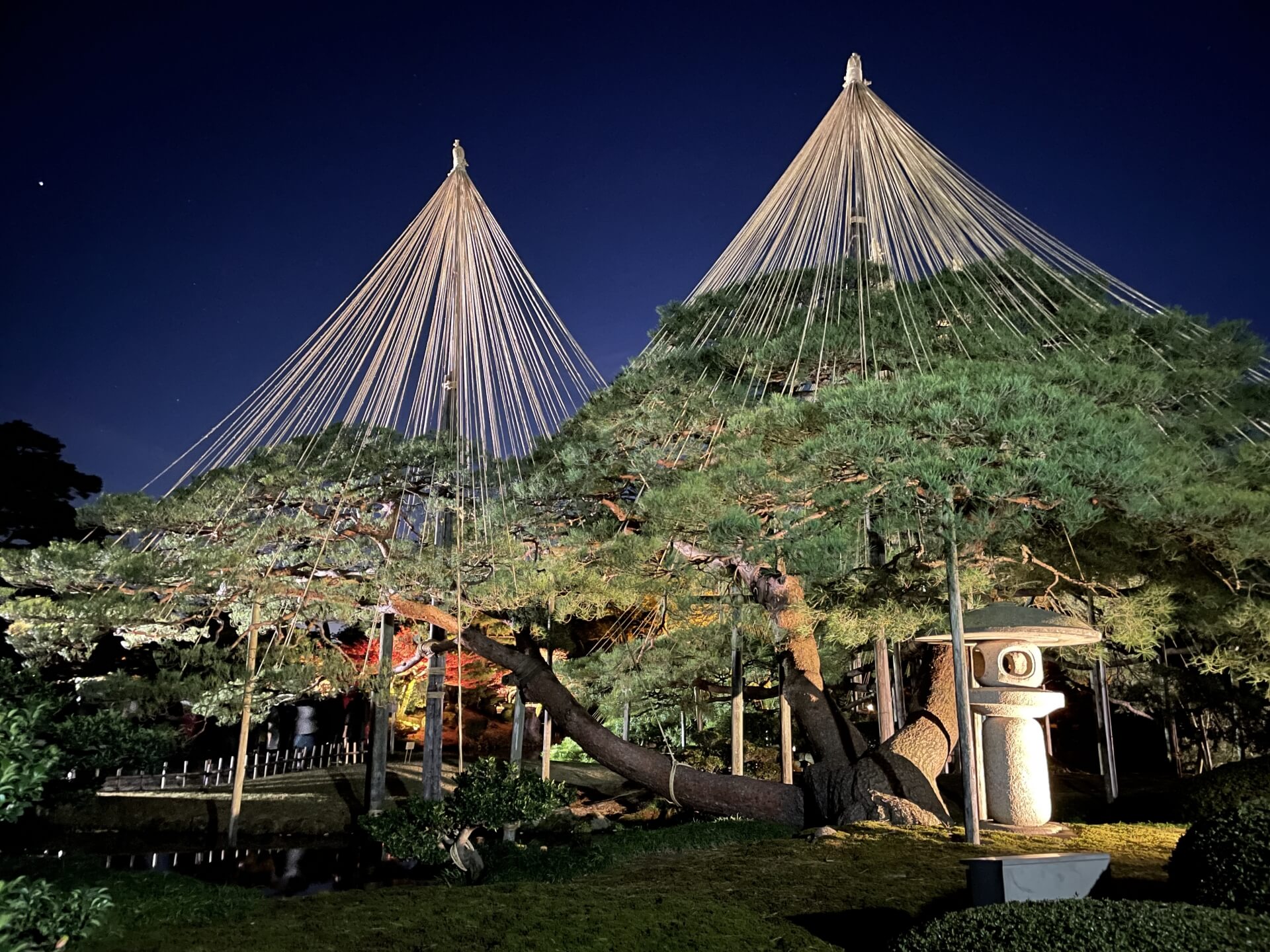
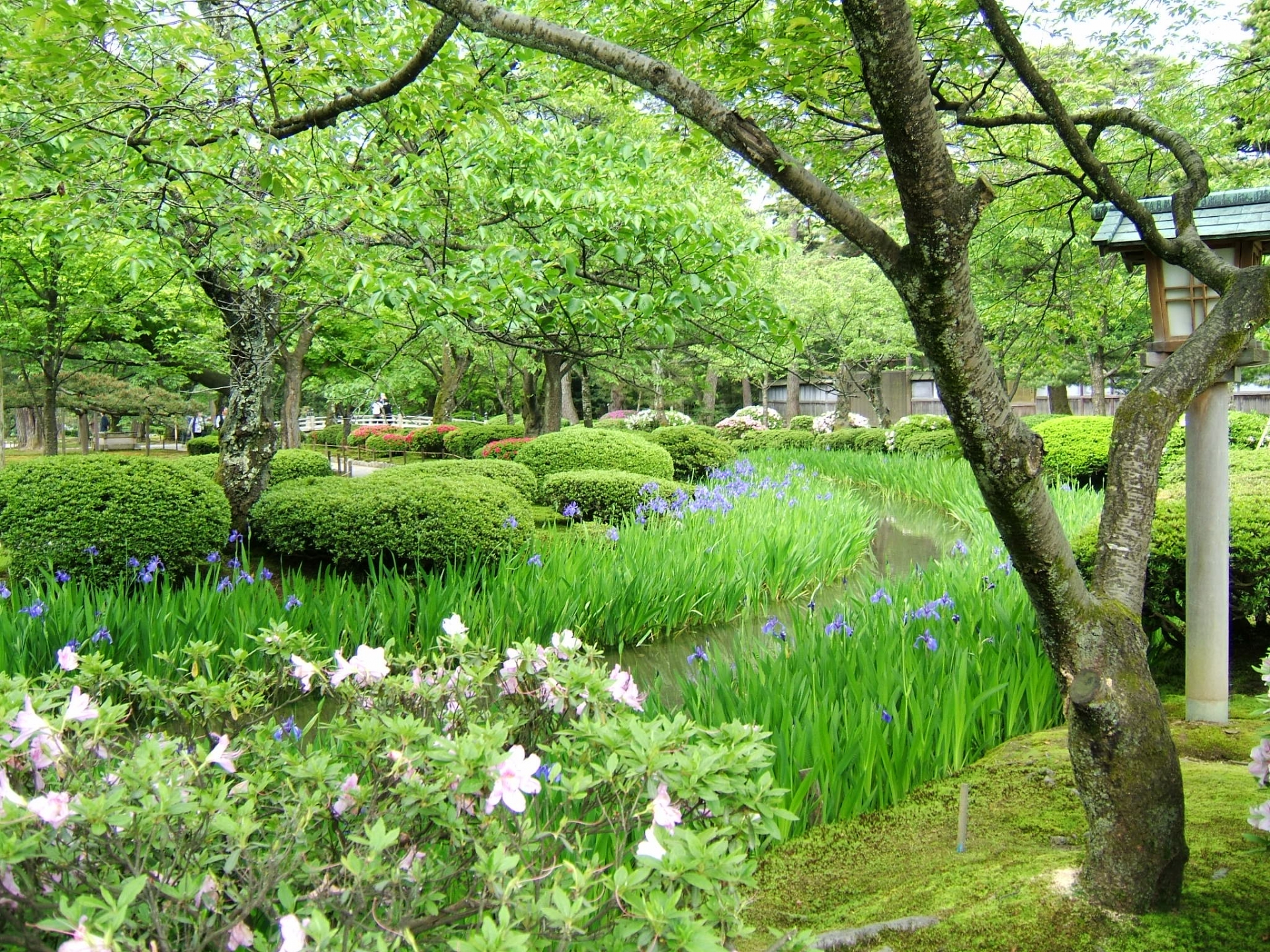
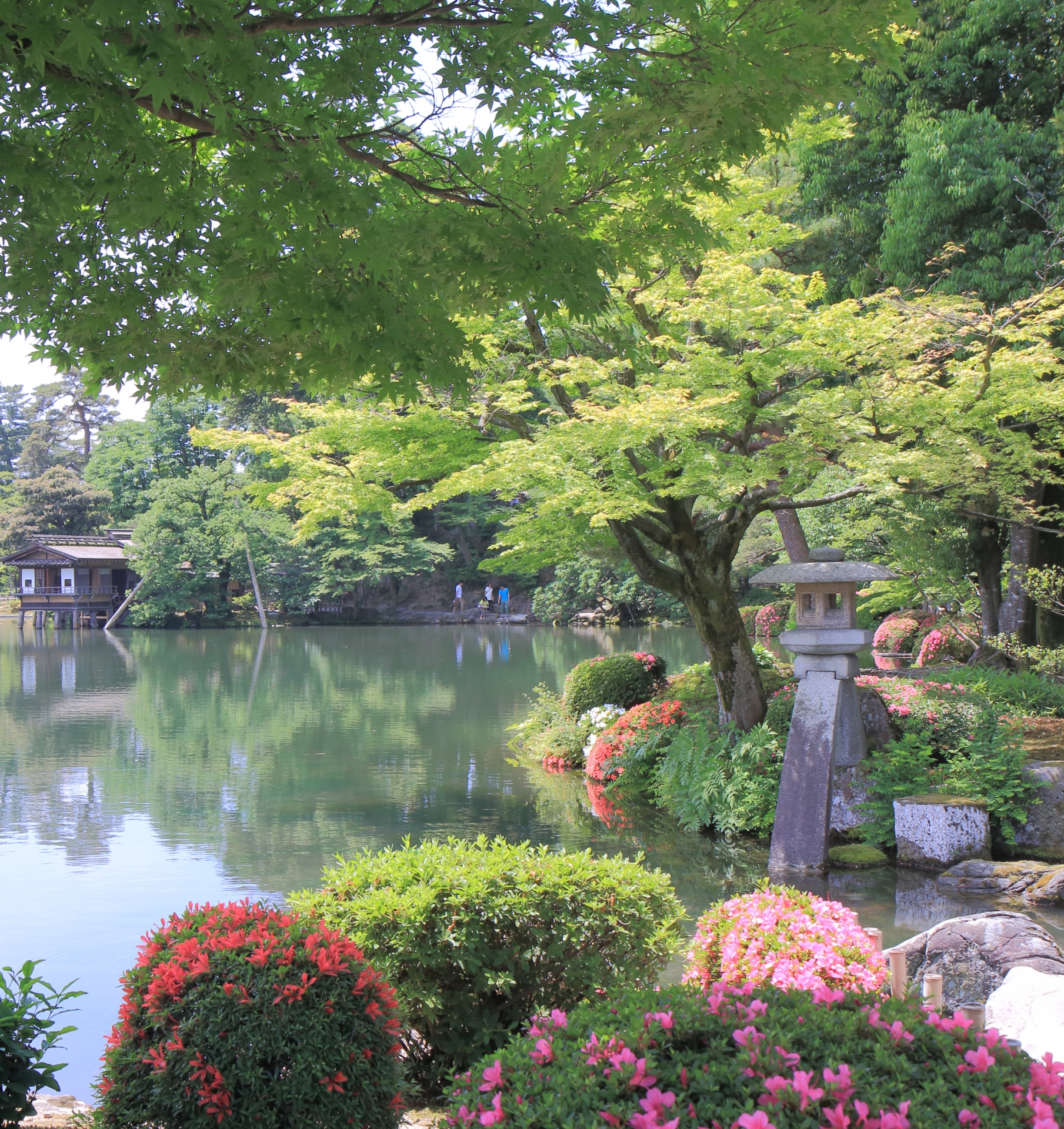
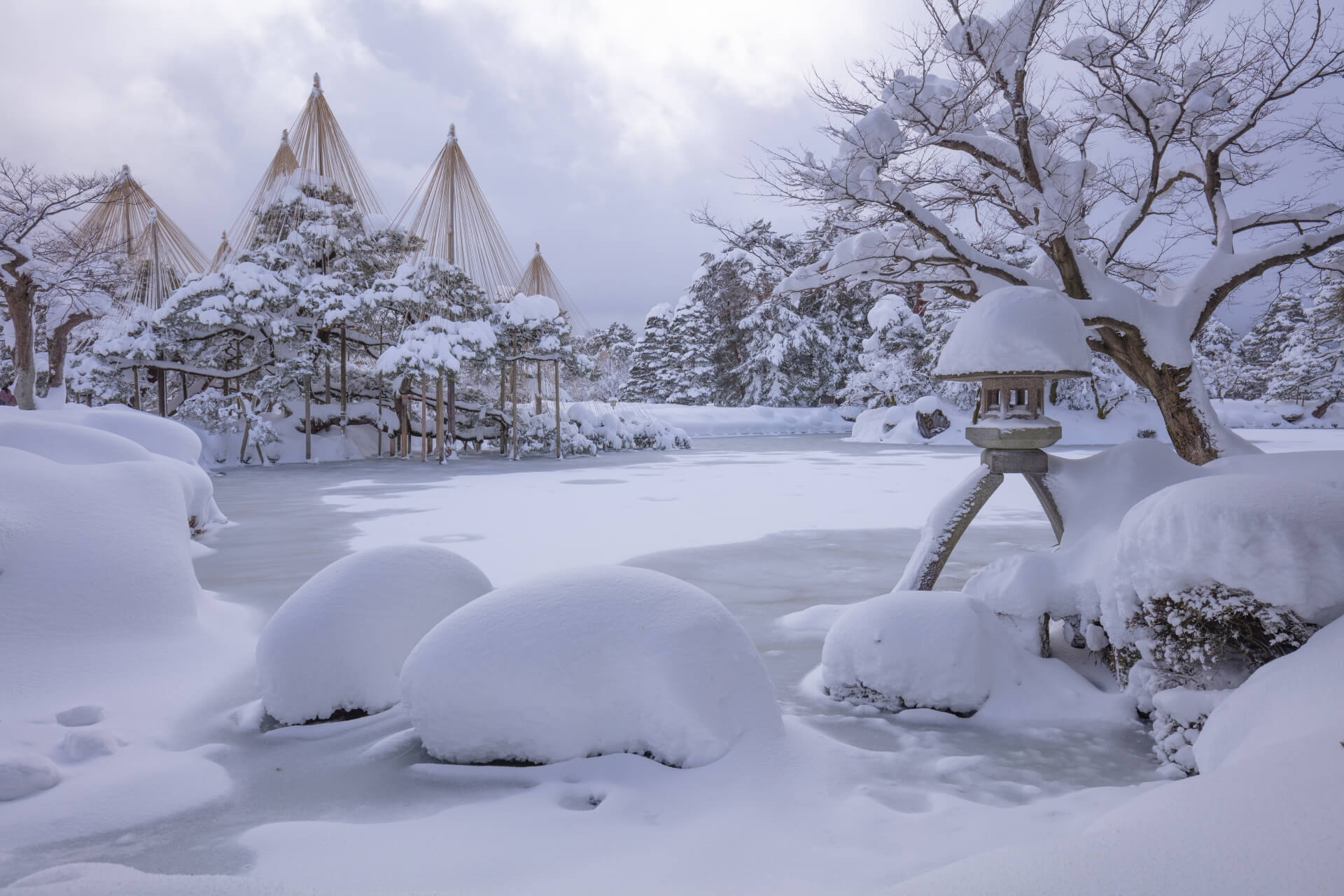
Opened to the public in 1871, Kenrokuen Garden translates to “Garden of the Six Sublimities.” The garden was designed according to Chinese landscape theory and the six essential attributes needed to create an ideal garden. Originally reserved for the ruling Maeda clan, the garden is now open to the public and is regularly cited as one of Japan’s most beautiful.
Ryoan-ji (Kyoto)
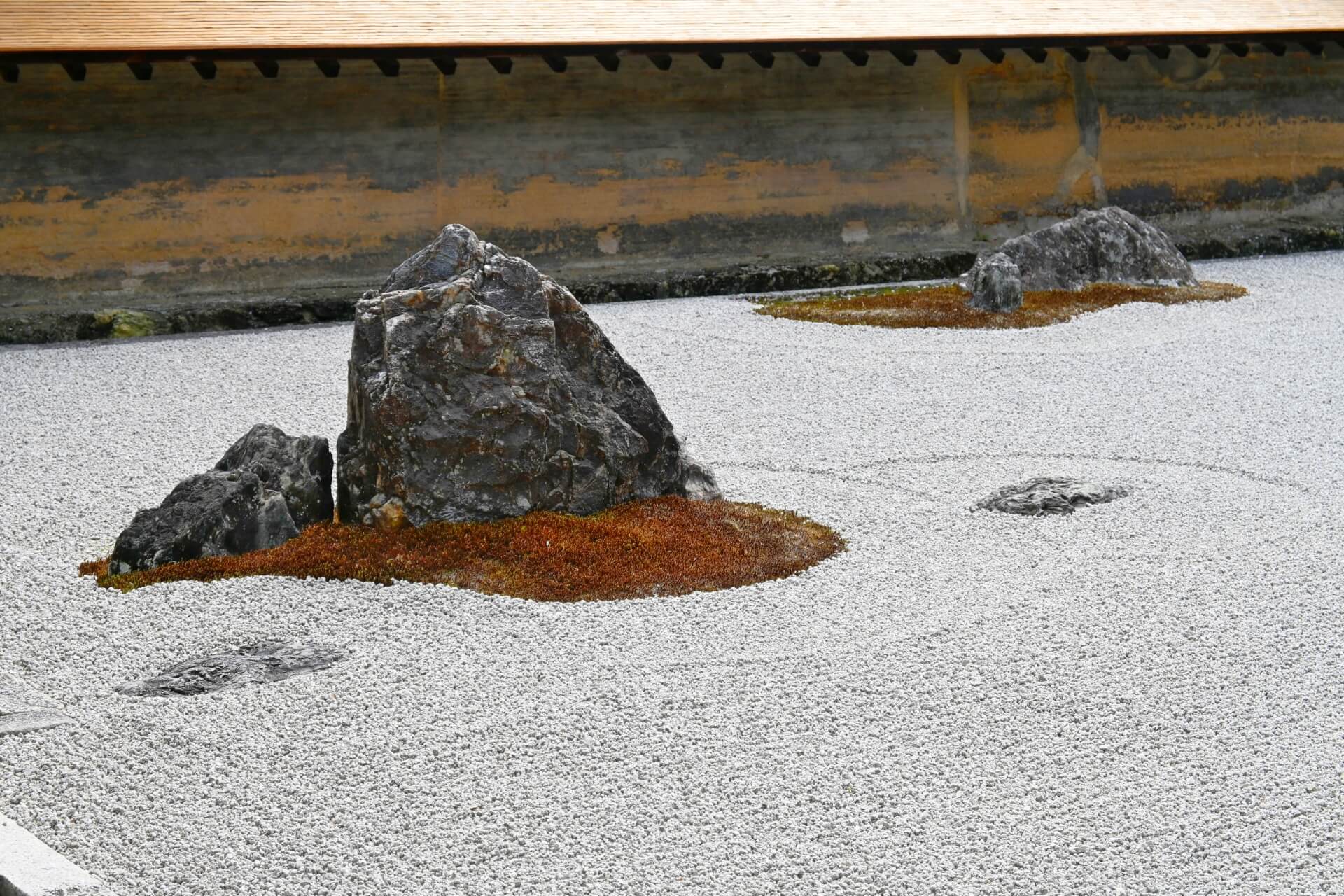
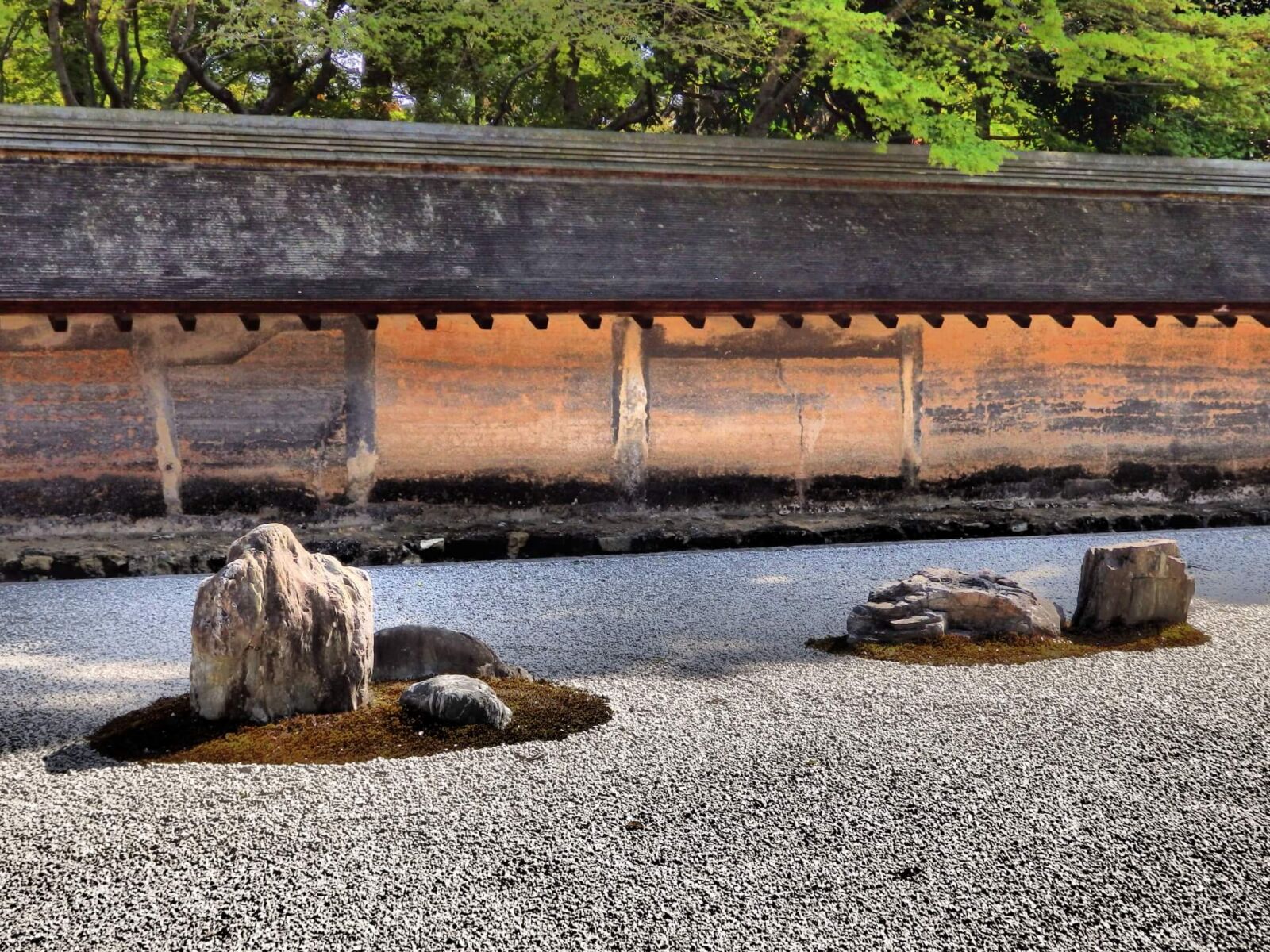
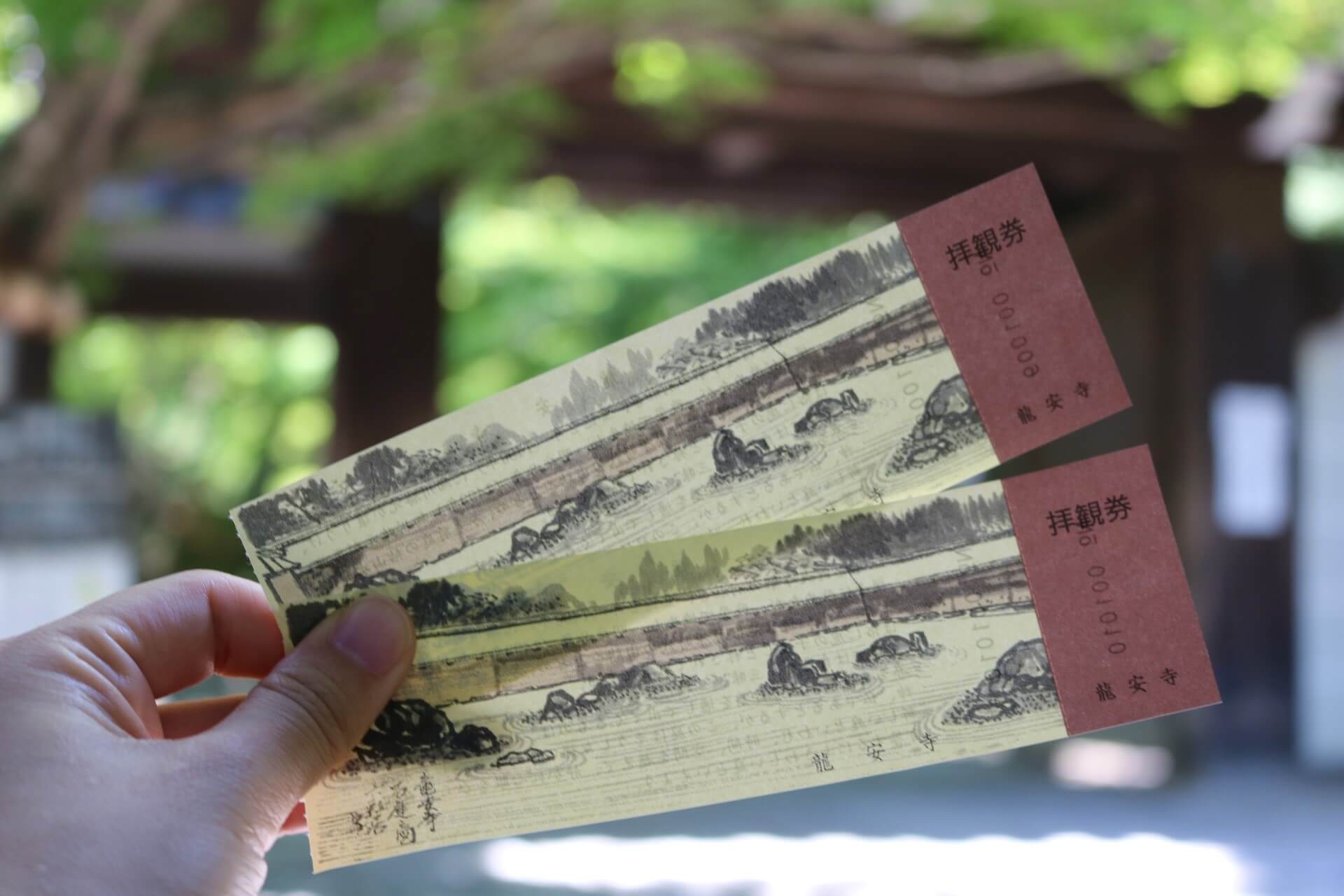
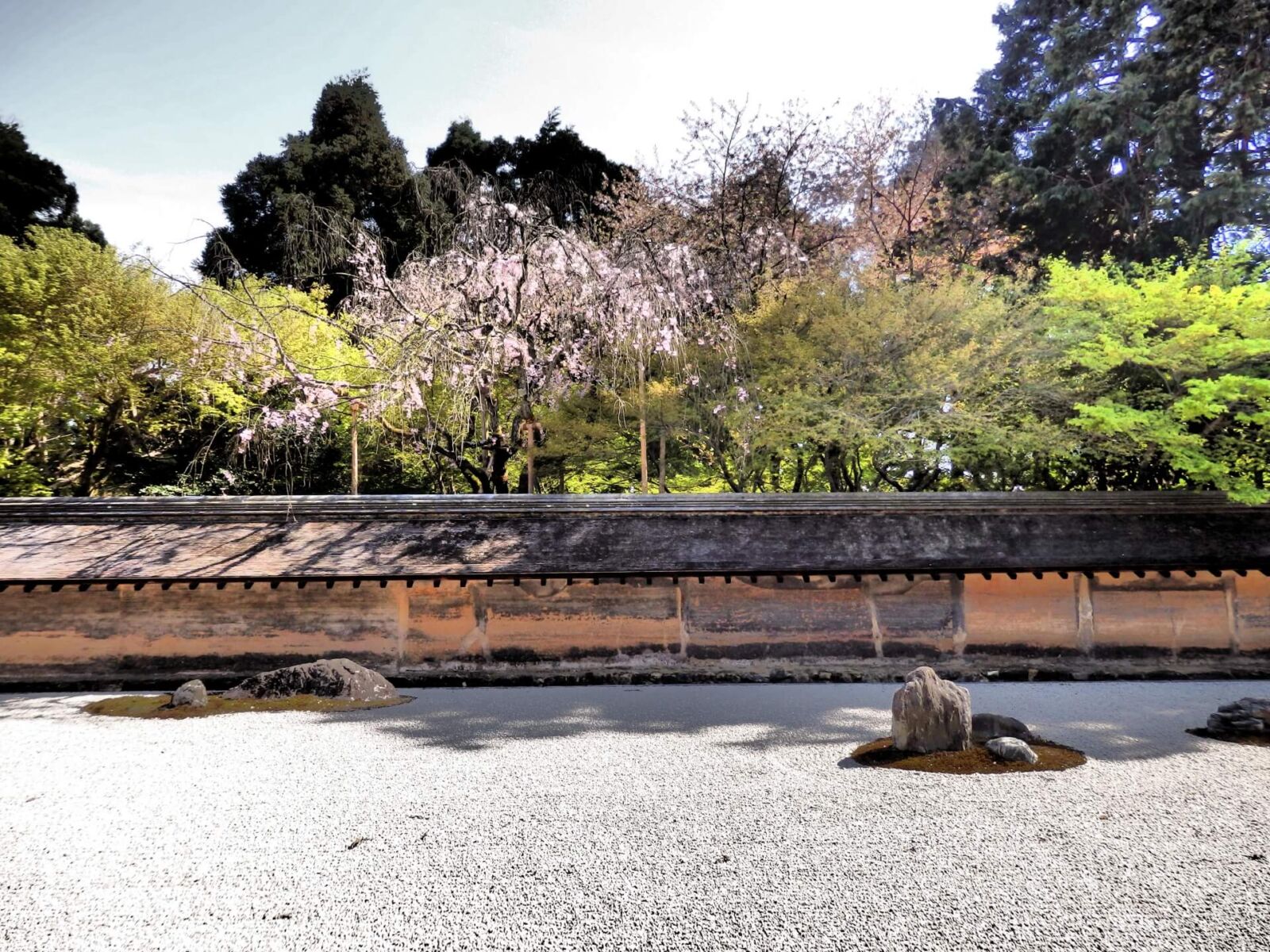
Perhaps Japan’s most famous rock garden, Ryoan-ji is a classic example of a Zen garden. The meaning behind the rock's placements has never been confirmed—some believe it to represent abstract concepts, while others believe it to be depictions of real-life locations. Regardless of how you interpret the garden, the simplicity and the layout of the rocks certainly inspire contemplation and meditation.
Kinkaku-ji (Kyoto)
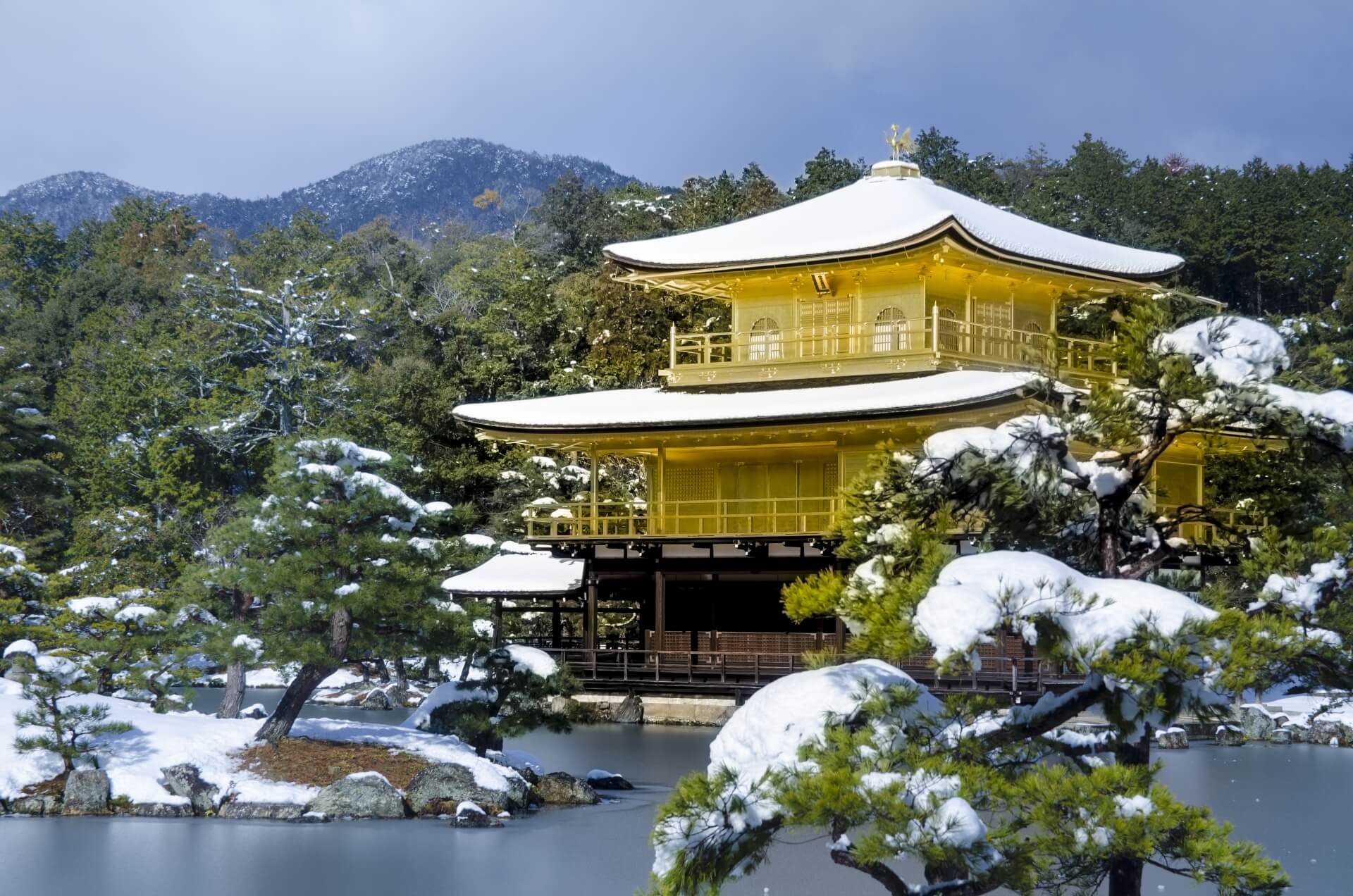
Also known as the Golden Pavilion, Kinkaku-ji is a Zen Buddhist temple with a breathtaking garden that includes a reflective pond and beautifully manicured landscaping. The golden structure is a highlight against nature’s backdrop.
1-Day Walking Tour : Traversing Kyoto's Scenic West - Arashiyama to Kinkakuji
- Spots:
- Pick-up:
- Drop-off:
Nagoya Culture Path (Aichi)
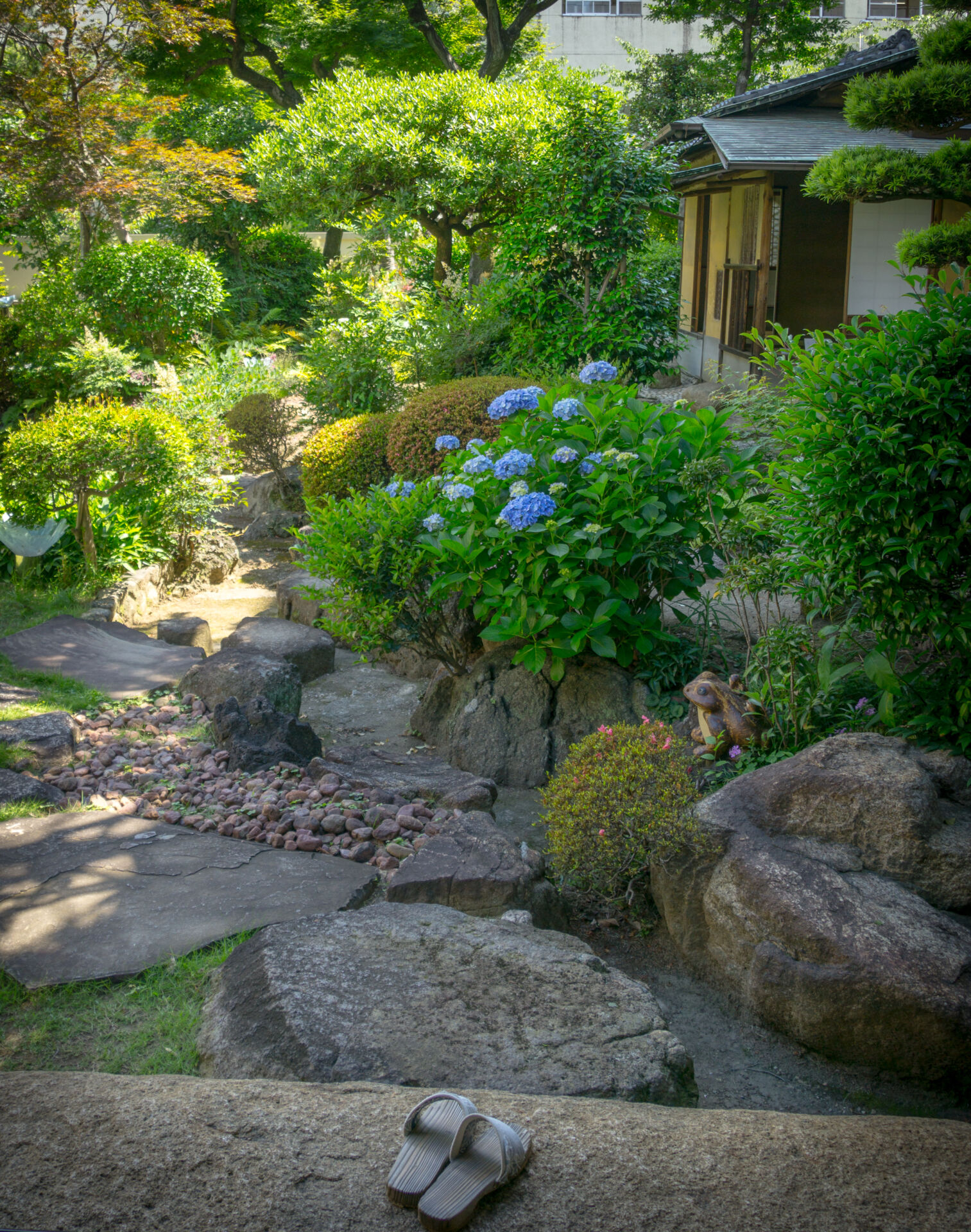
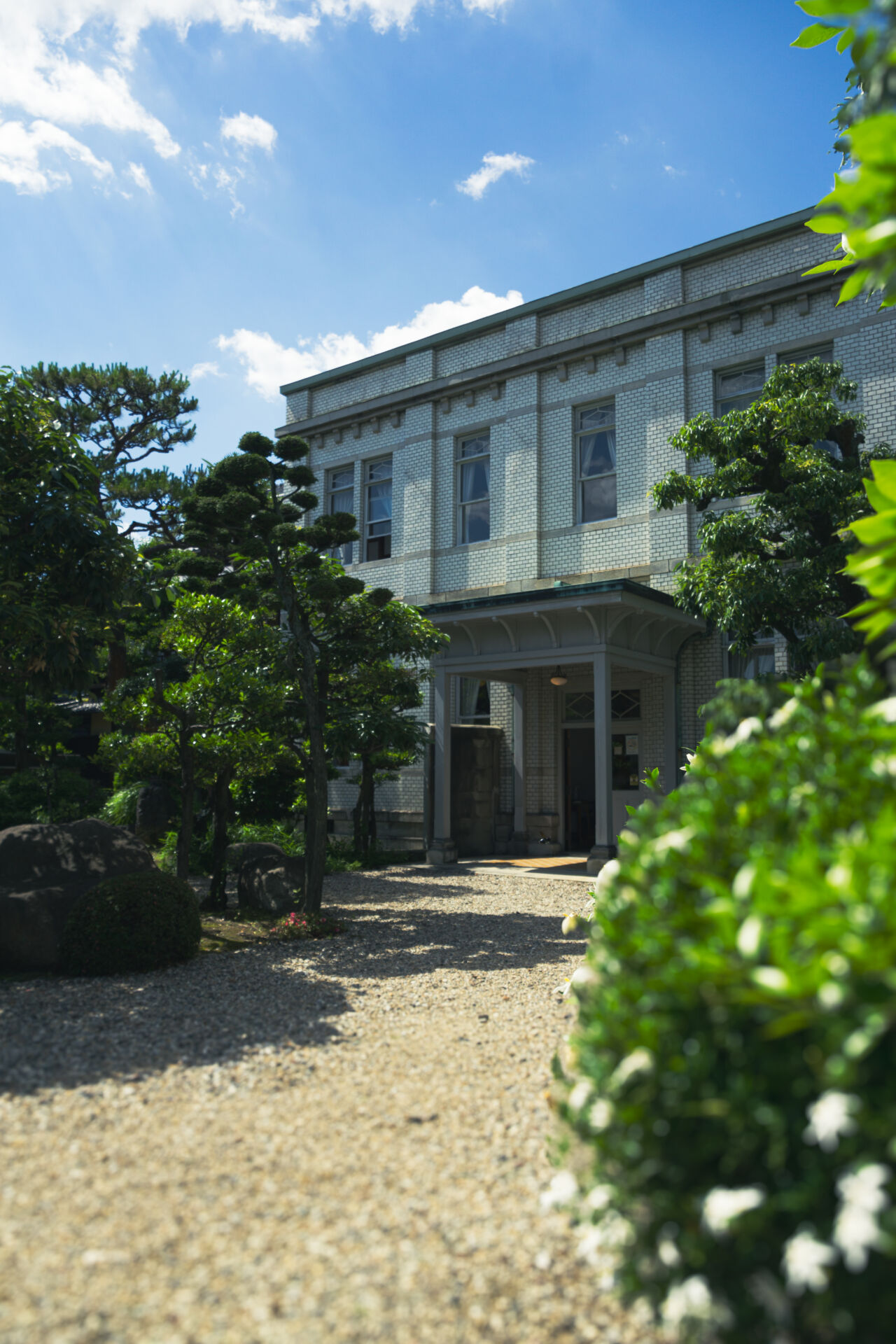
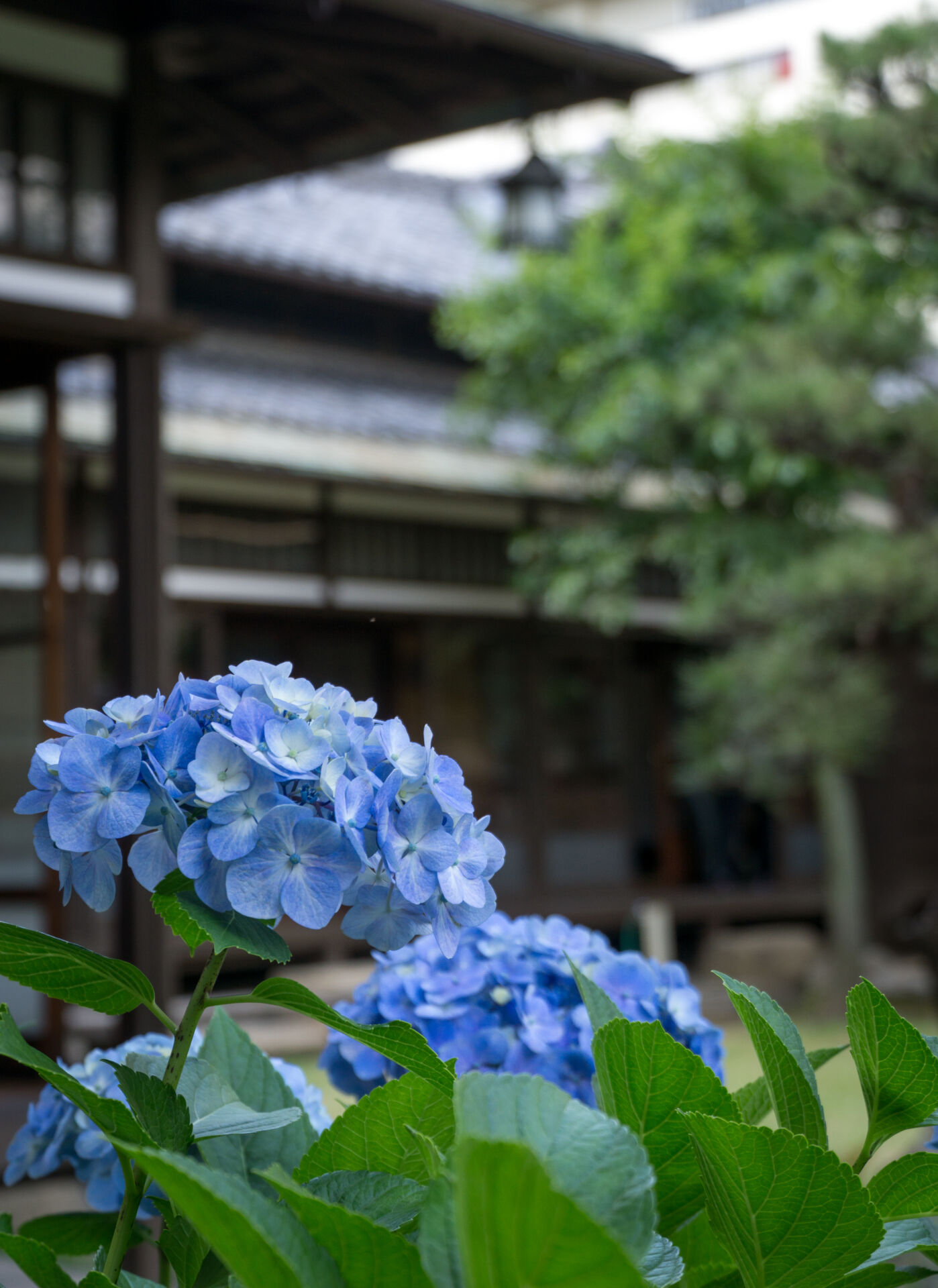
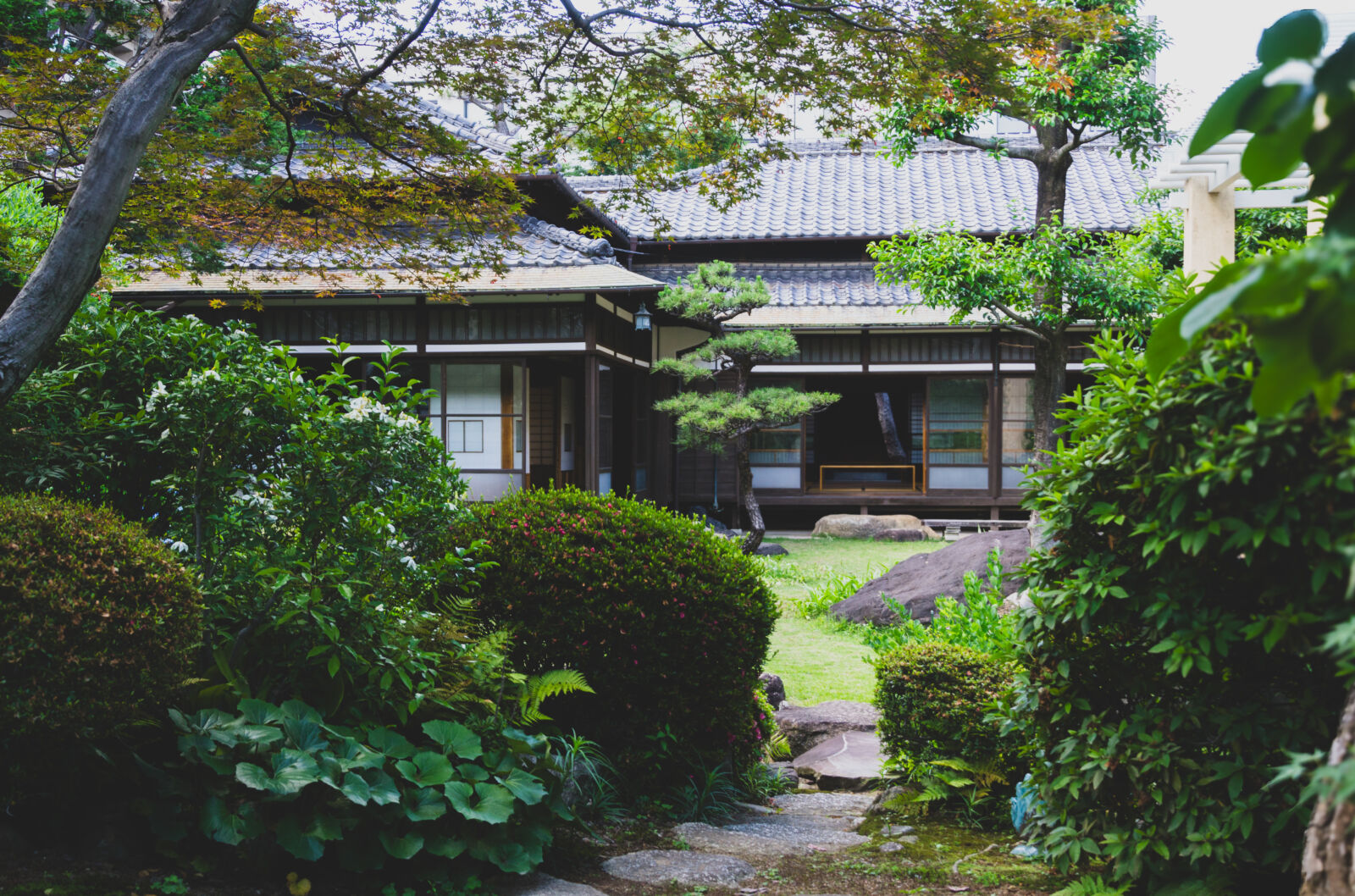
The Nagoya Culture Path is an area rich in well-preserved historical estates from some of Nagoya’s wealthiest residents from the Meiji Era through the early Showa Era (1868 -1930). Today, visitors can enter the well-preserved homes and stroll through the once private gardens of several of these properties—including the home of the Toyoda family and that of Japan’s most famous geisha—Sadayakko Kawakami.
1-Day Guided Garden Walk through Nagoya's Castle, Gardens, and Historic Estates
- Spots:
- Pick-up:
- Drop-off:
Uraku-en Garden (Aichi)
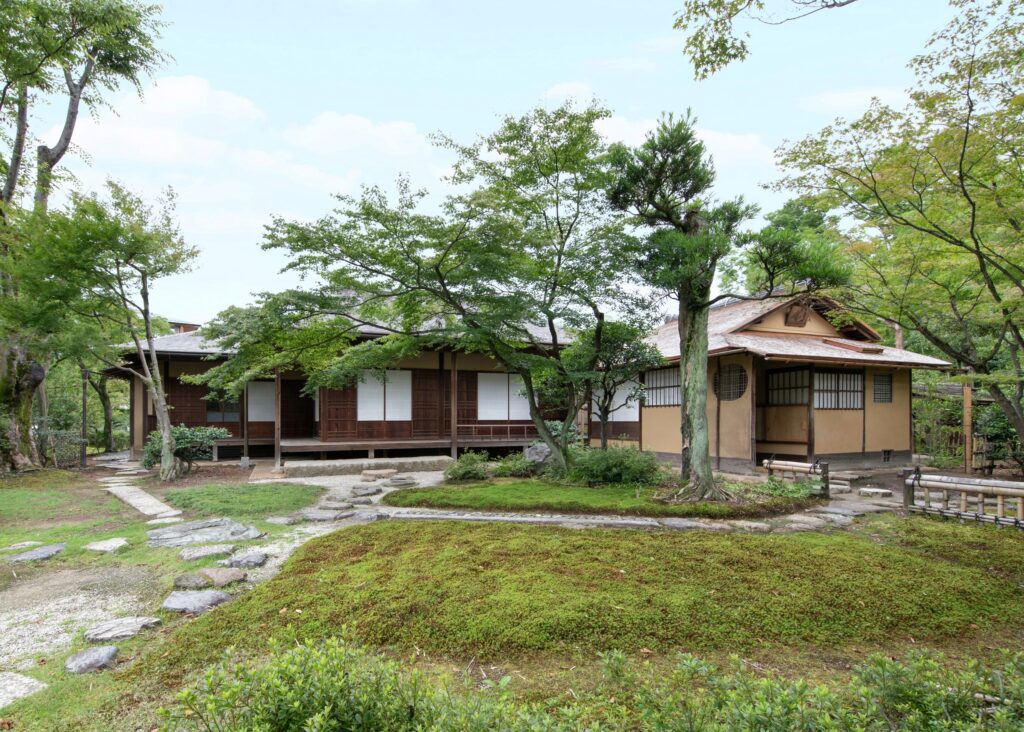
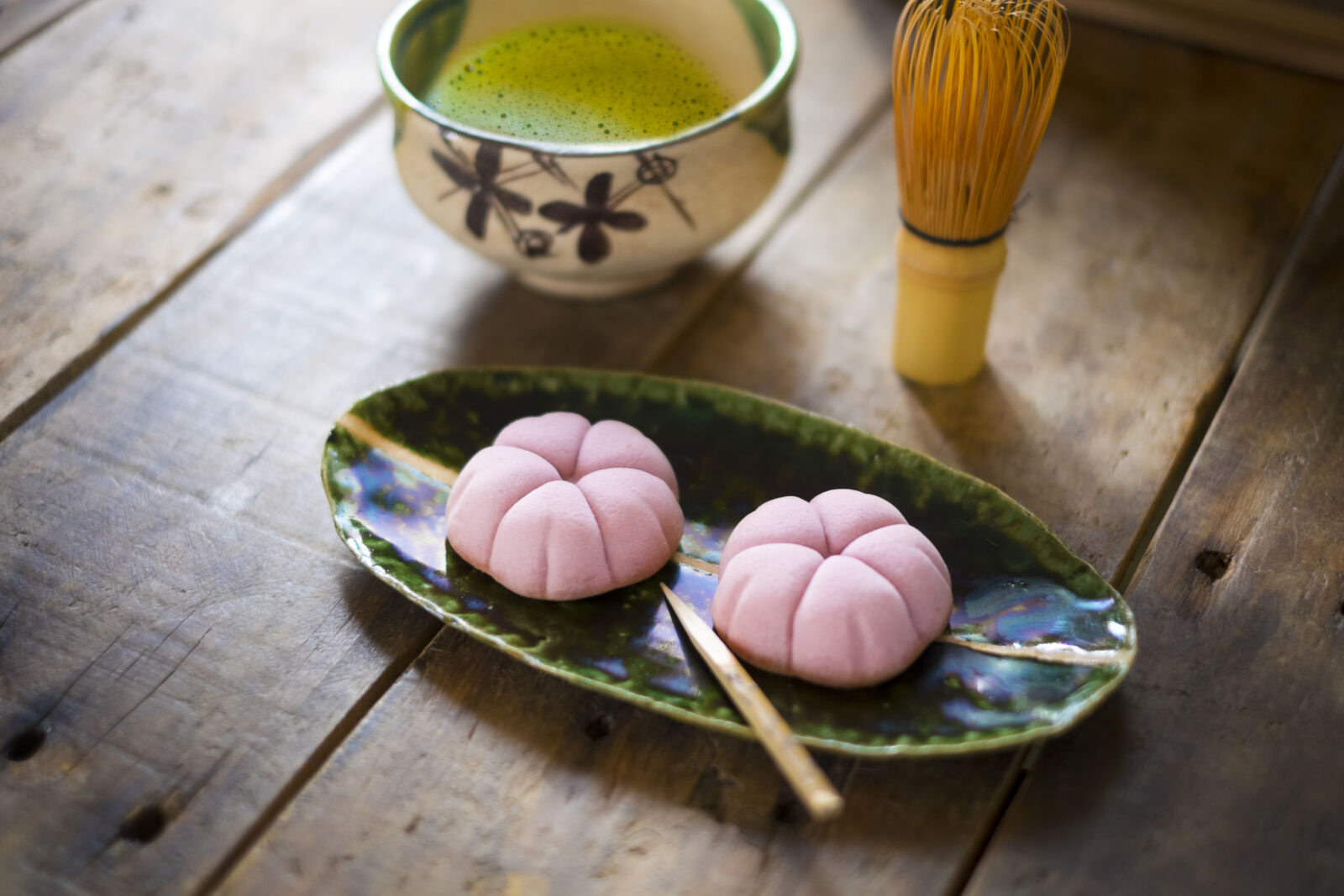
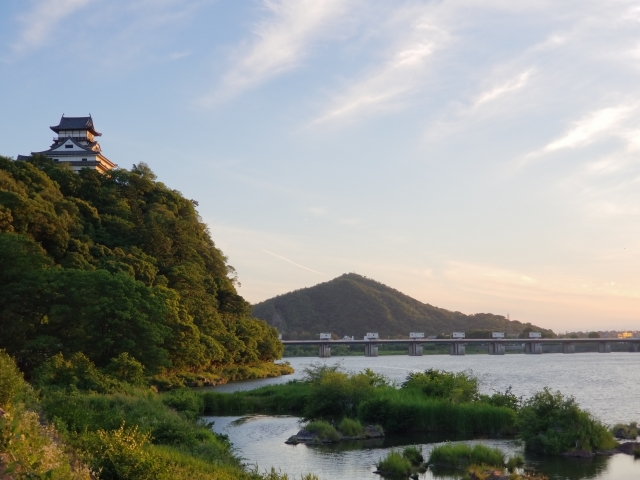
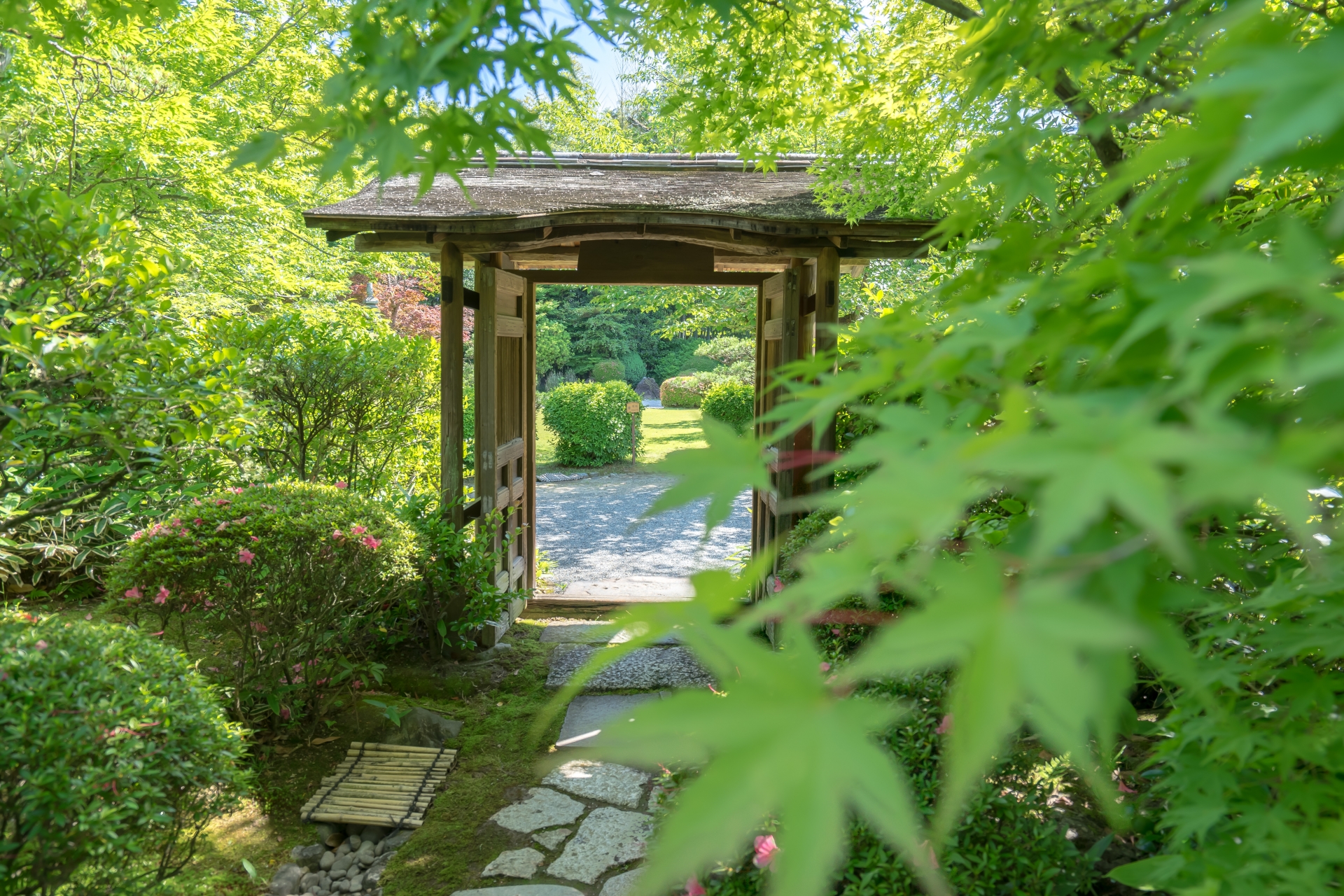
It is said that the entire garden of Uraku-en was constructed for the sole purpose of tea ceremony. And while the garden grounds are a sight to behold on their own, the truly unique feature of this garden is the 400-year-old Joan tea house designed by the master of tea ceremony Oda Uraku. Considered a masterpiece of early Edo-period architecture and one of only three tea houses to be designated the status of “National Treasure.”
Hamarikyu Garden (Tokyo)
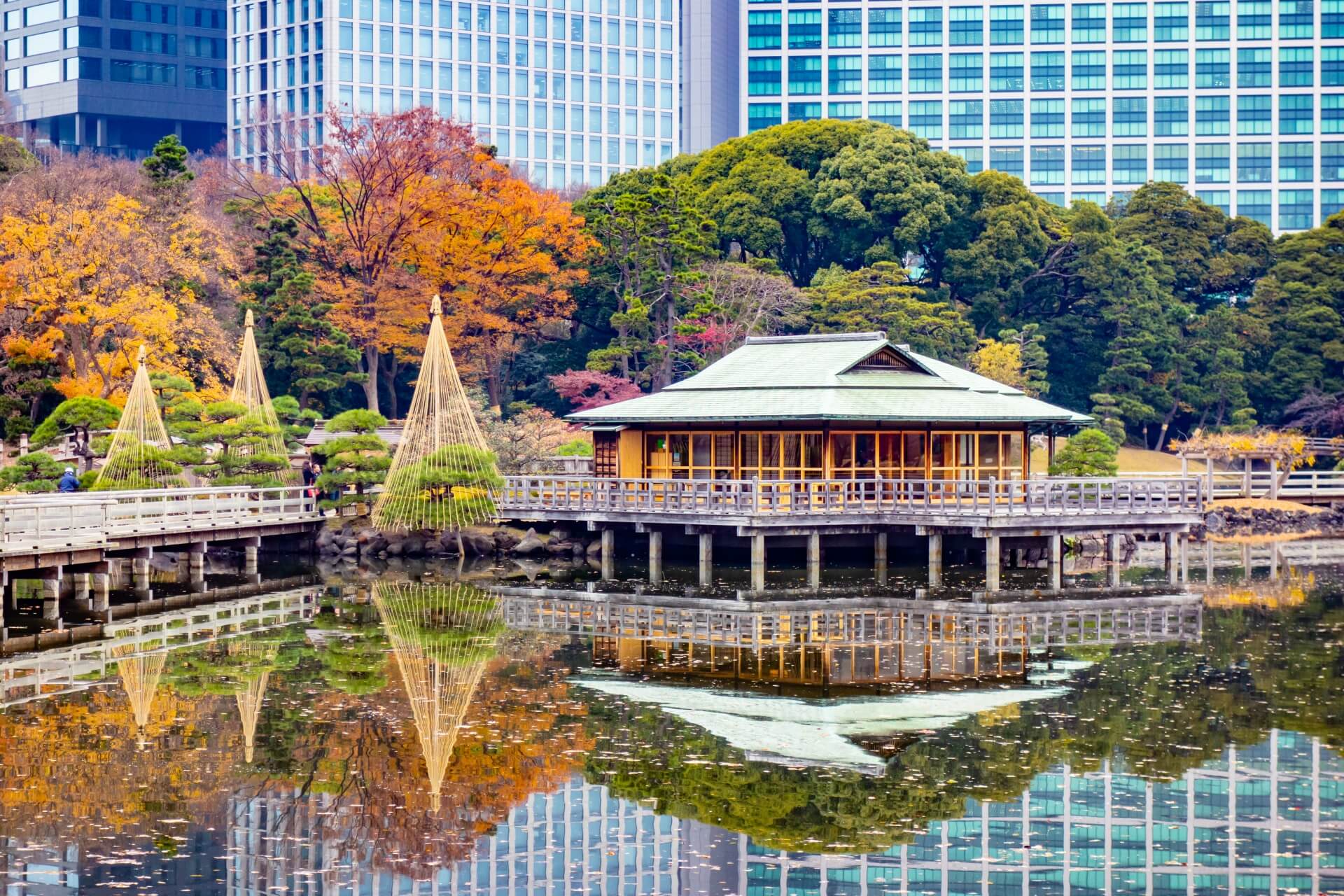
One of the most beautiful and traditional gardens in Tokyo, Hamarikyu is a must visit if you want to feel close to nature during your trip to Tokyo. Once a residence of the Tokugawa family during the 17th Century and used for duck hunting and falconry, the gardens opened to the public in 1946 and have been preserved to showcase its beauty and history. You will quickly forget you are in the center of the world’s most populated city once you enter the tranquil and green space.
Tokugawa Garden (Aichi)
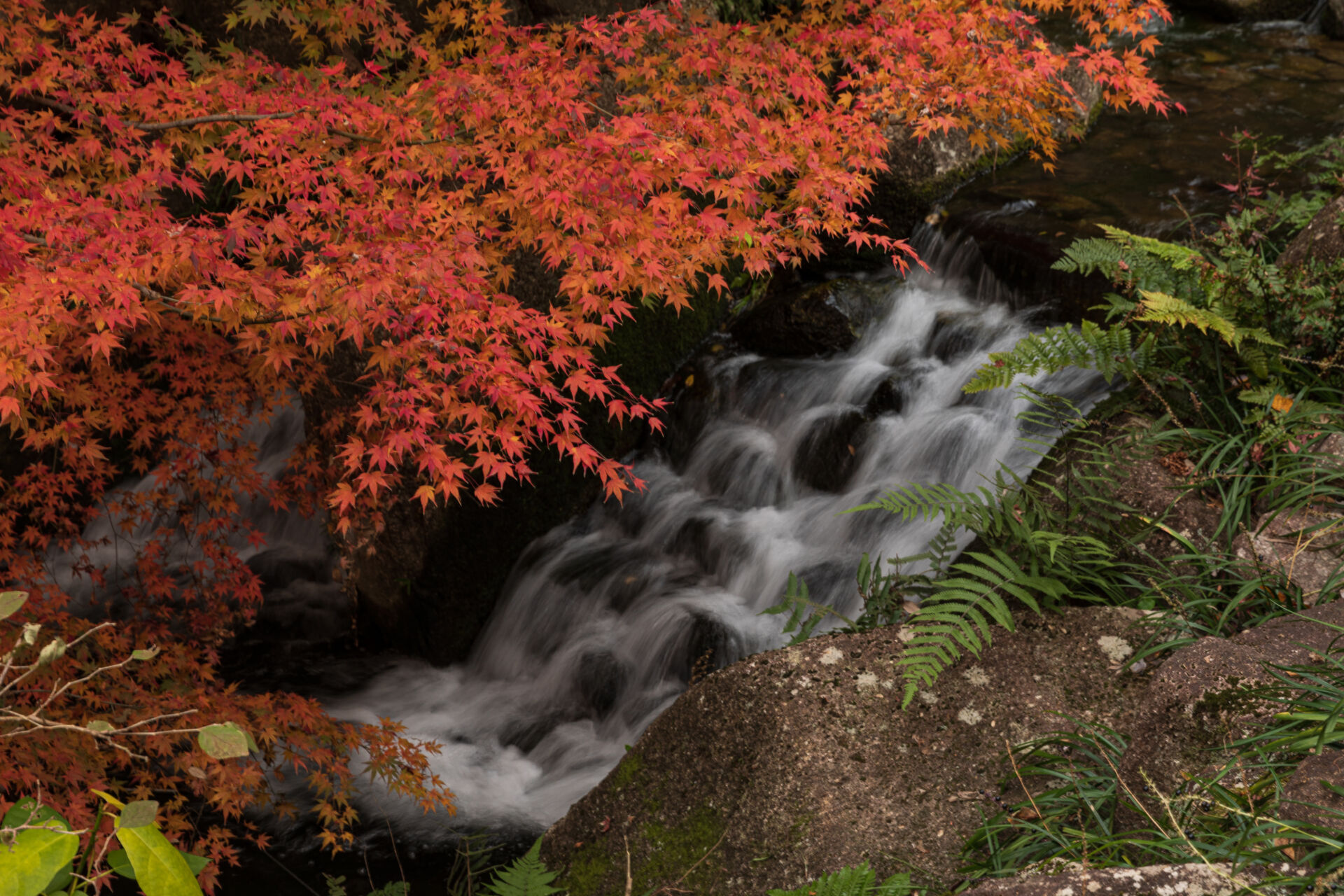
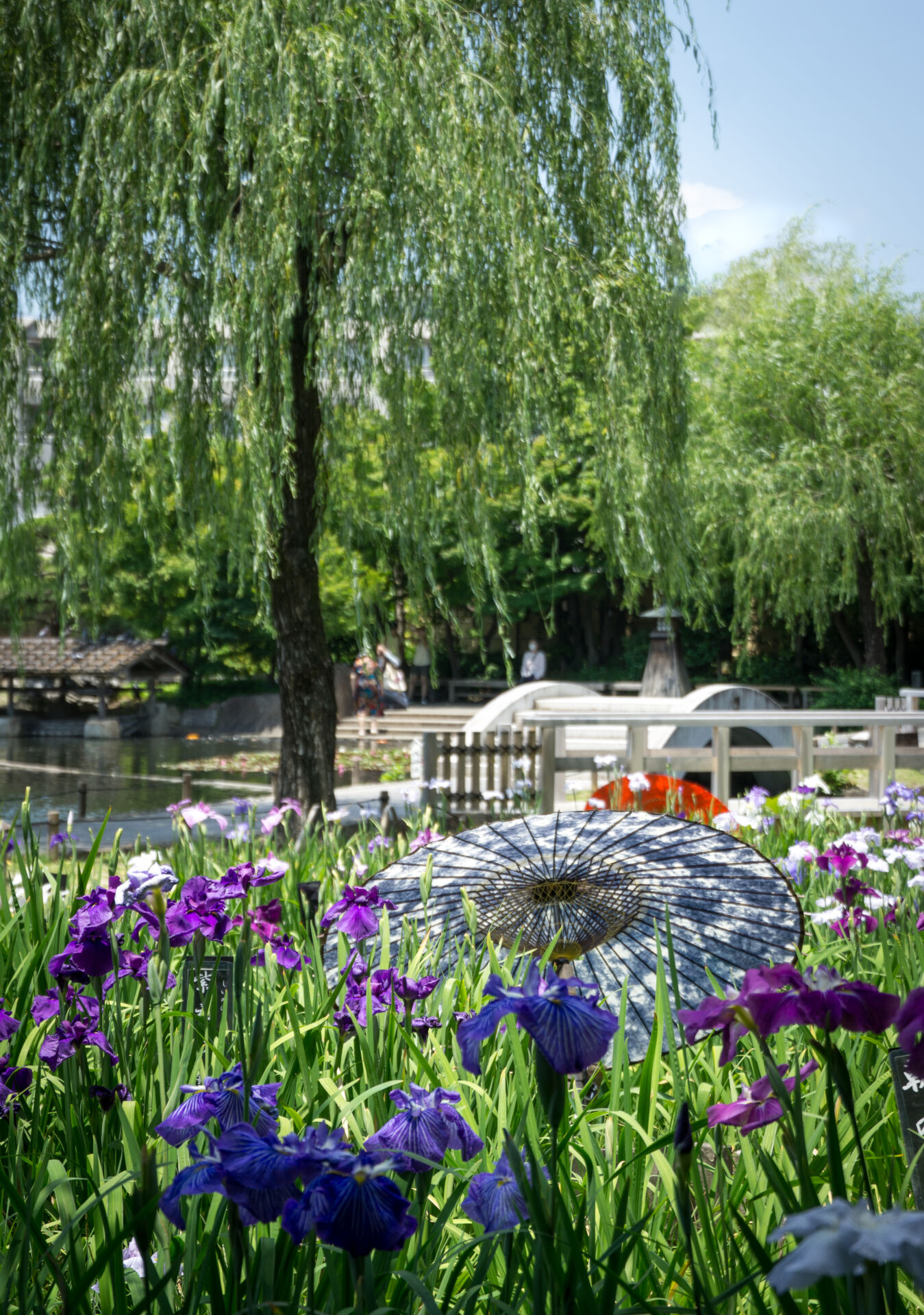
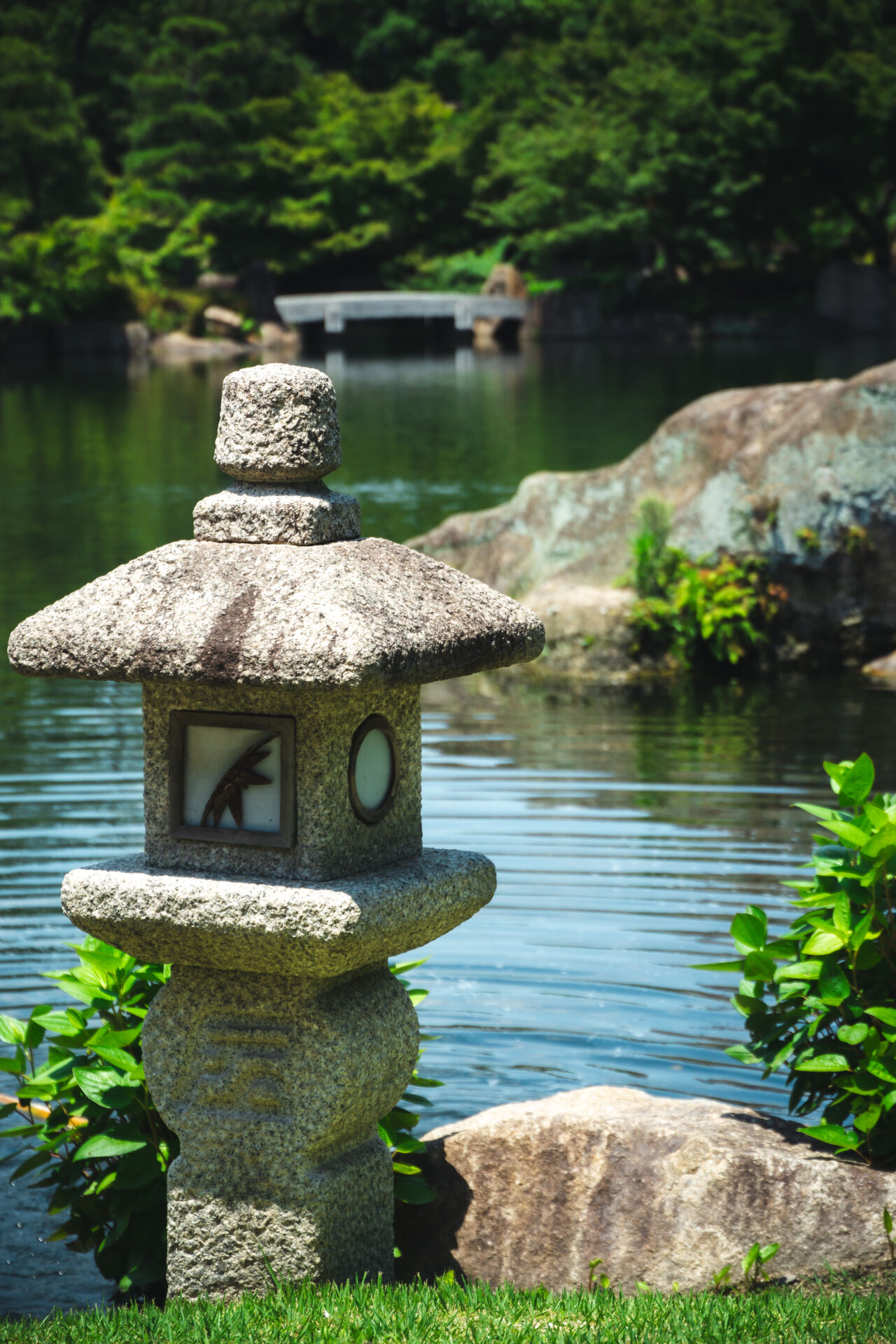

Tokugawa Garden was once also the private domain of the Owari clan. A traditional daimyo garden from the Edo Era, Tokugawa-en (or Tokugawa Garden) is a relaxing retreat amid a bustling city. The garden features over 100 maple trees, two waterfalls, and a beautiful pond in its center—showing visitors a different face in each of the four seasons and making each visit a one-of-a-kind experience. The beautiful grounds are also home to a tea house serving traditional sweets and tea carefully sourced from the nearby area.
1-Day Guided Garden Walk through Nagoya's Castle, Gardens, and Historic Estates
- Spots:
- Pick-up:
- Drop-off:
Ashikaga Flower Park (Tochigi)
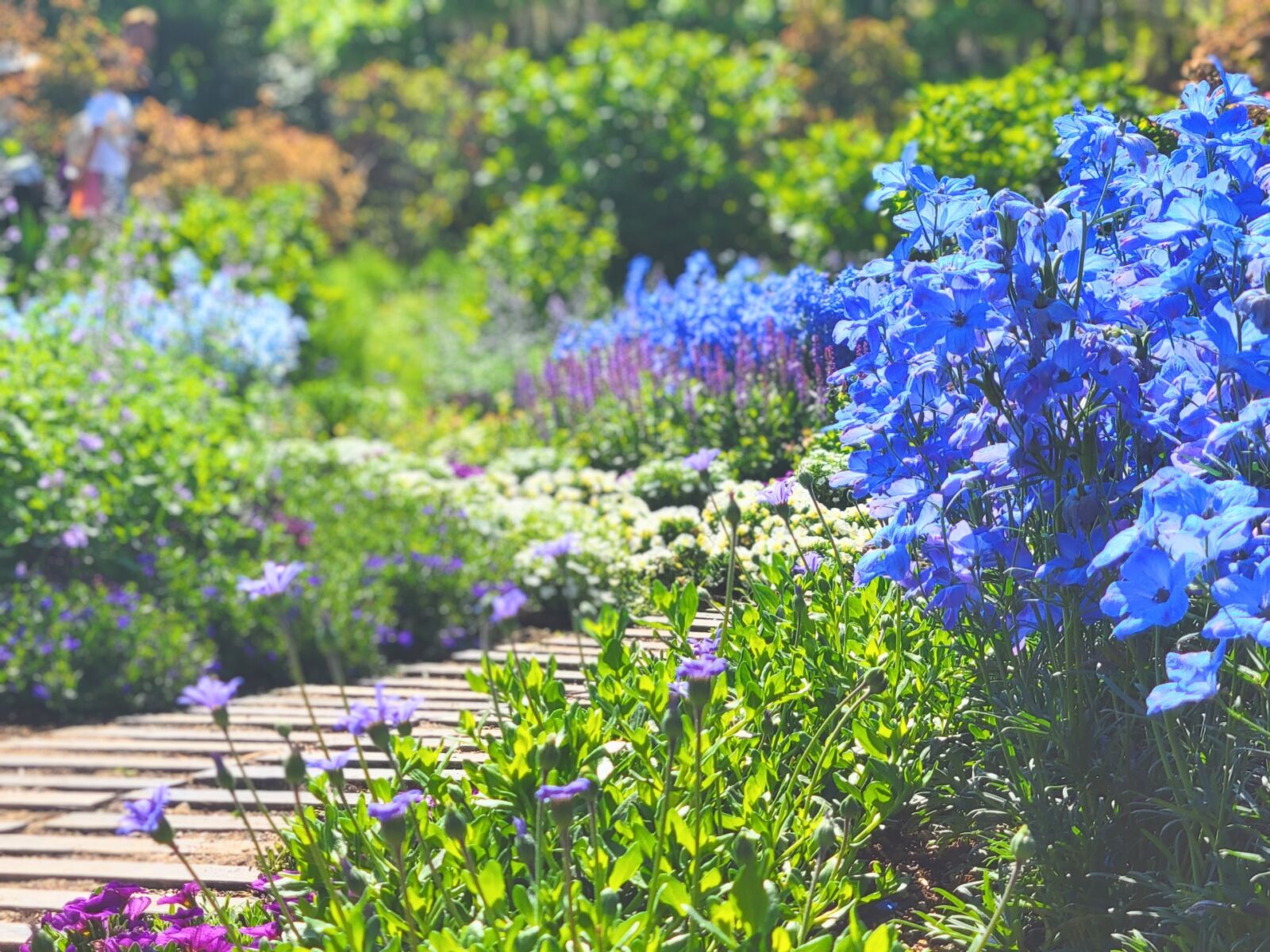
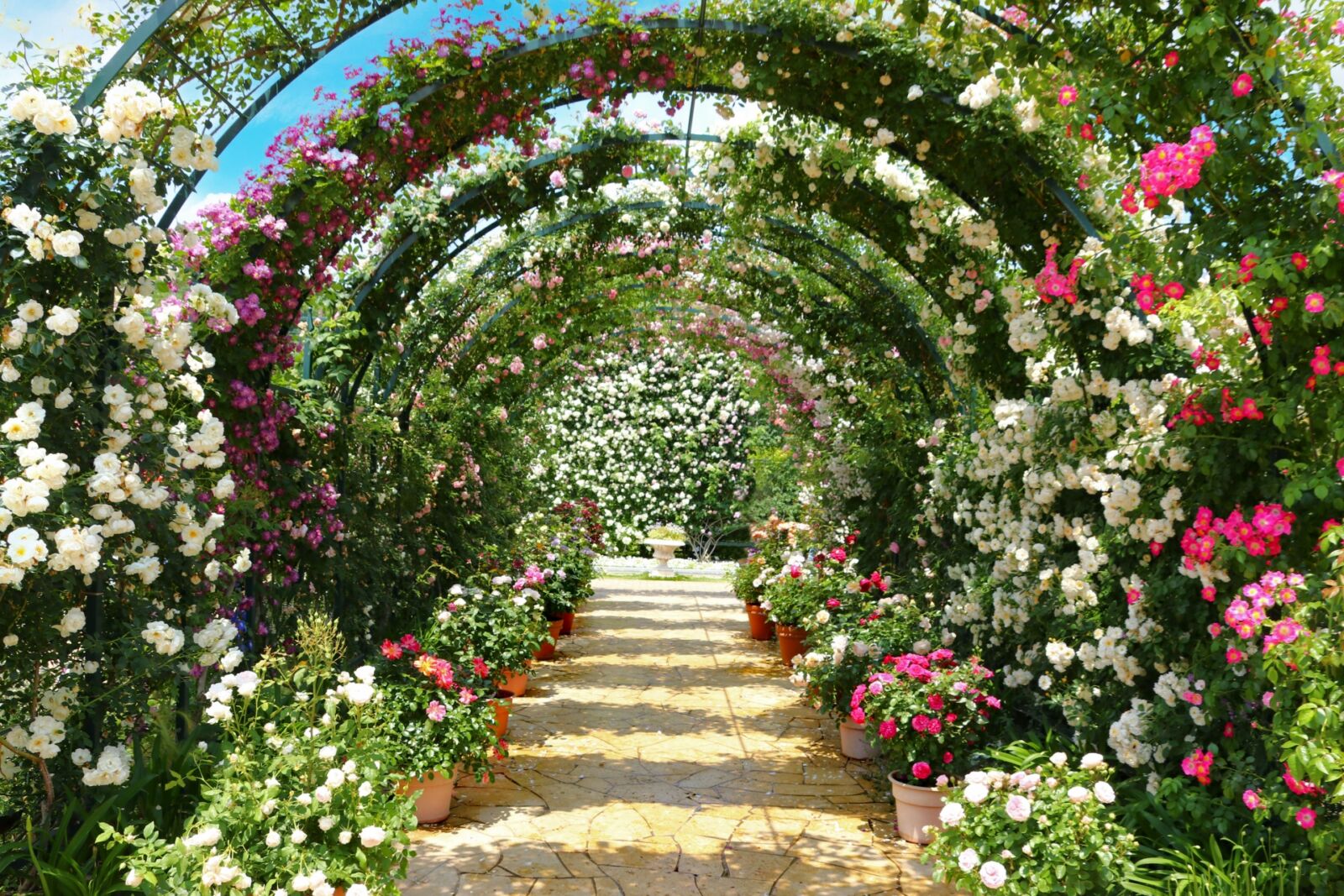
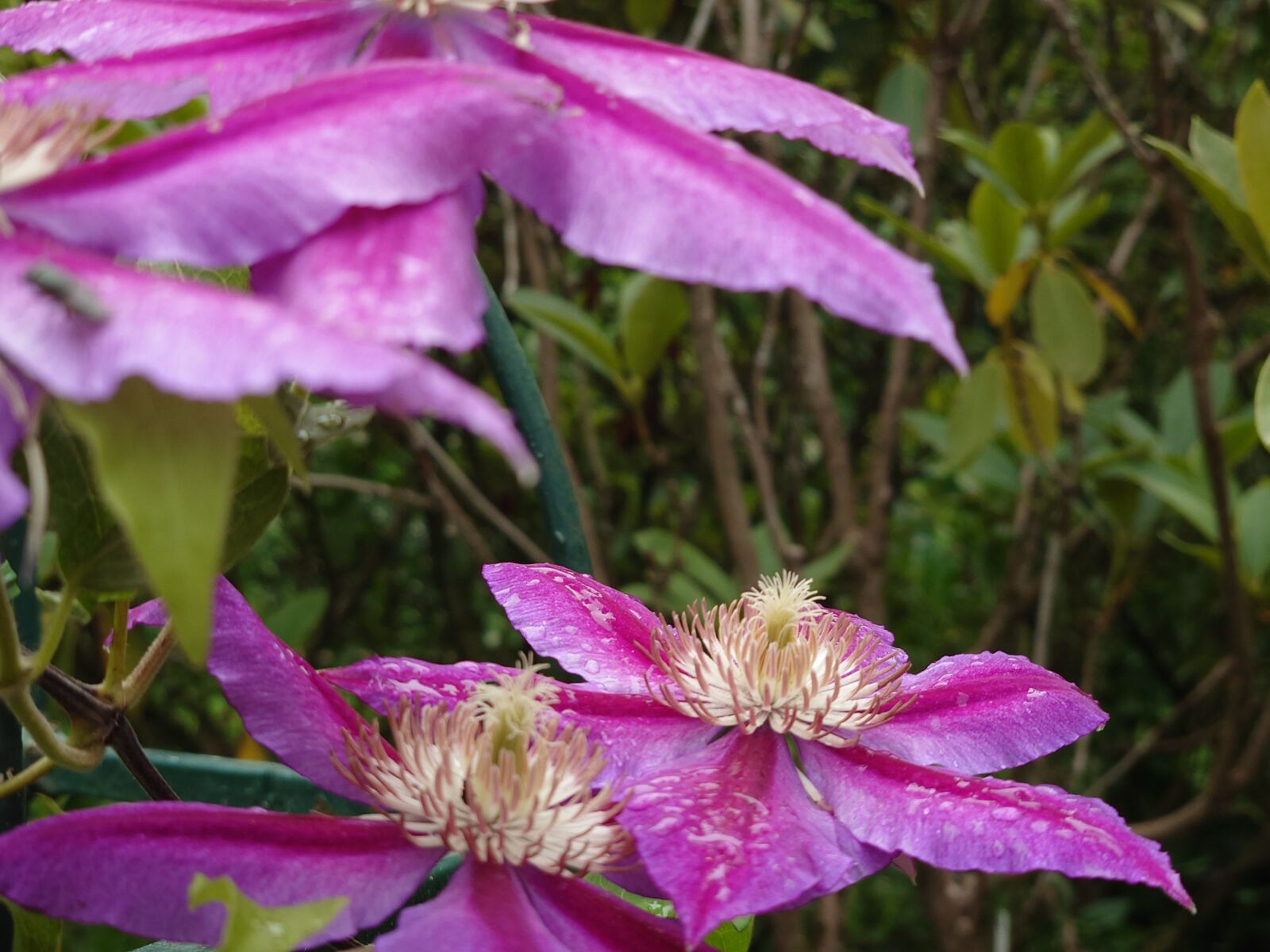
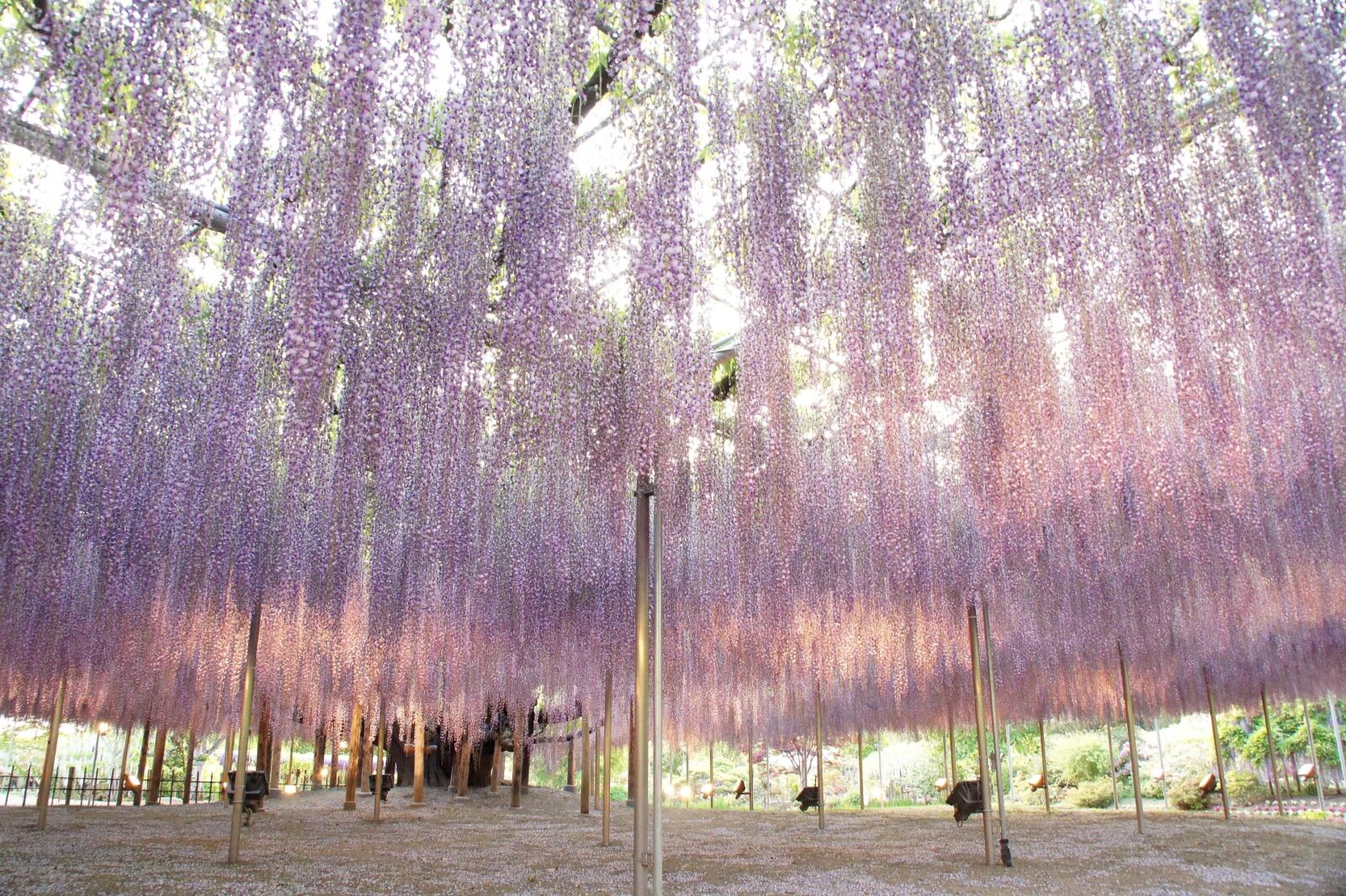
Though not a traditional Japanese garden, Ashikaga Flower Park is sure to impress with its stunning displays of seasonal flowers year round. The park is most famous as the home of the “most beautiful great wisteria in the world” —transplanted by Tsukamoto Konami, the first female arborist in Japan. Beyond strolling and stopping to smell the roses (or wisteria), the flower park is also home to shops and eateries.
New Tour
[FROM NAGANO/KARUIZAWA] Private - Culture and Beauty at the Ashikaga Flower Park
- Spots:
- Pick-up:
- Drop-off:
Kiyosumi Garden (Tokyo)
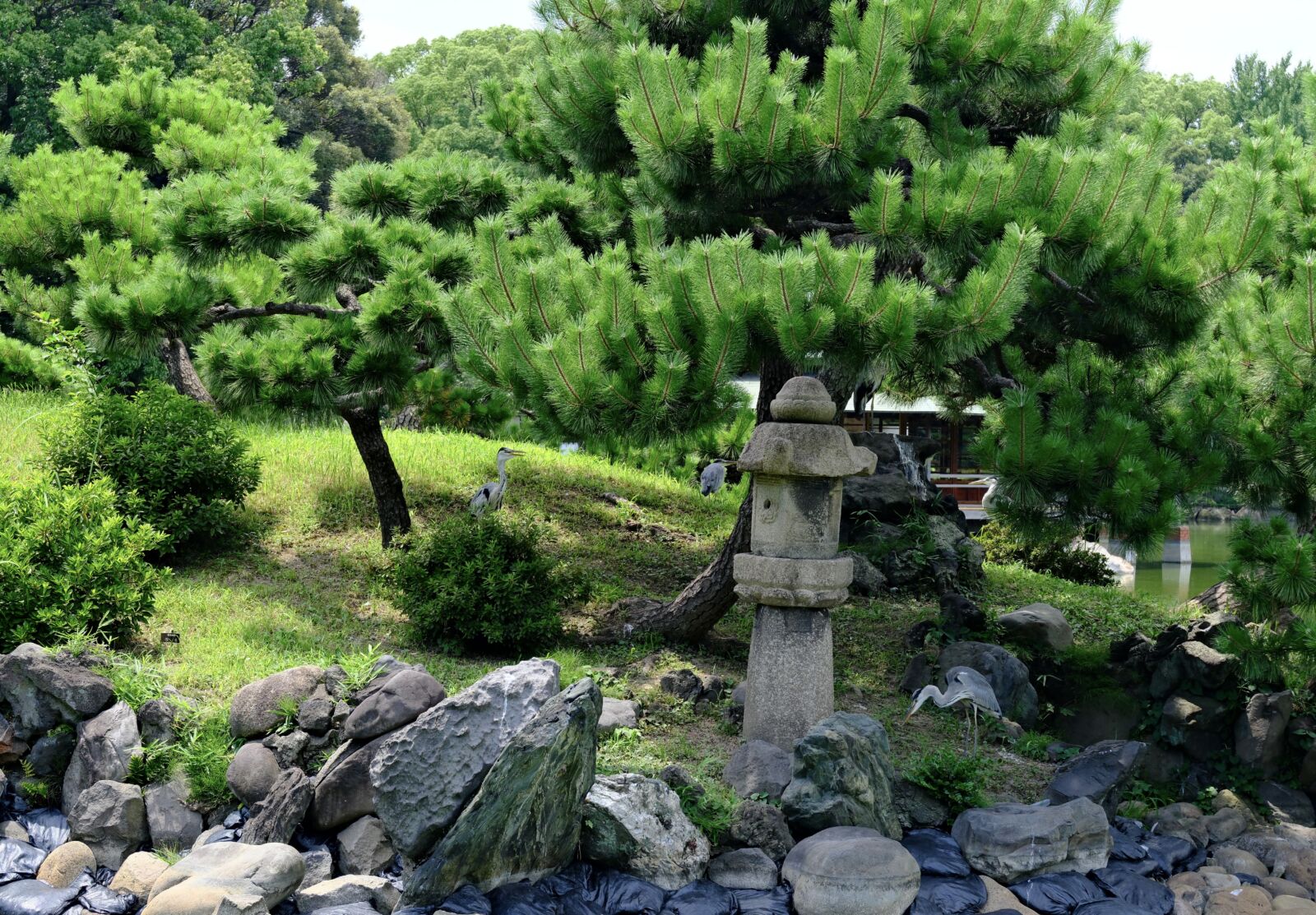
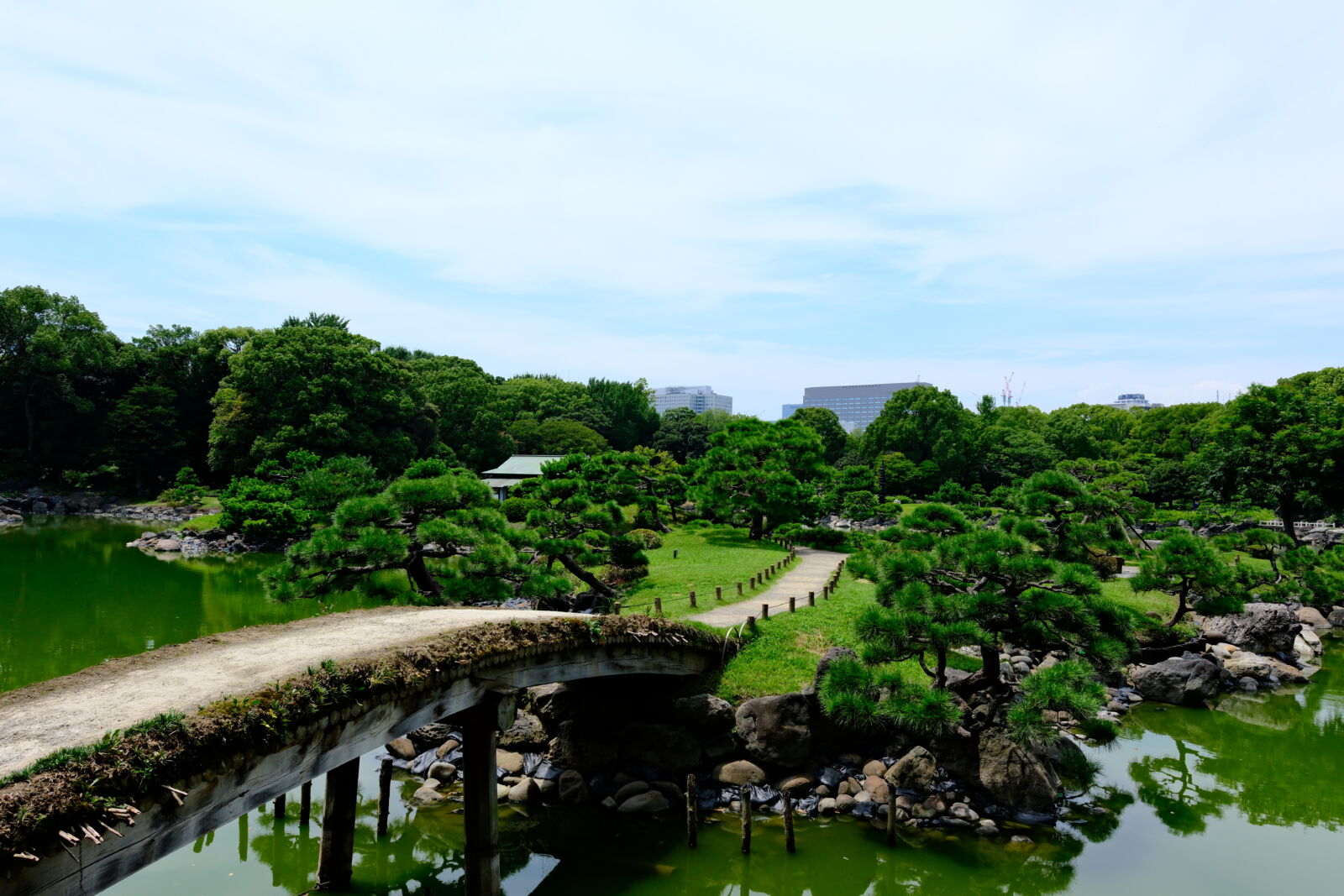
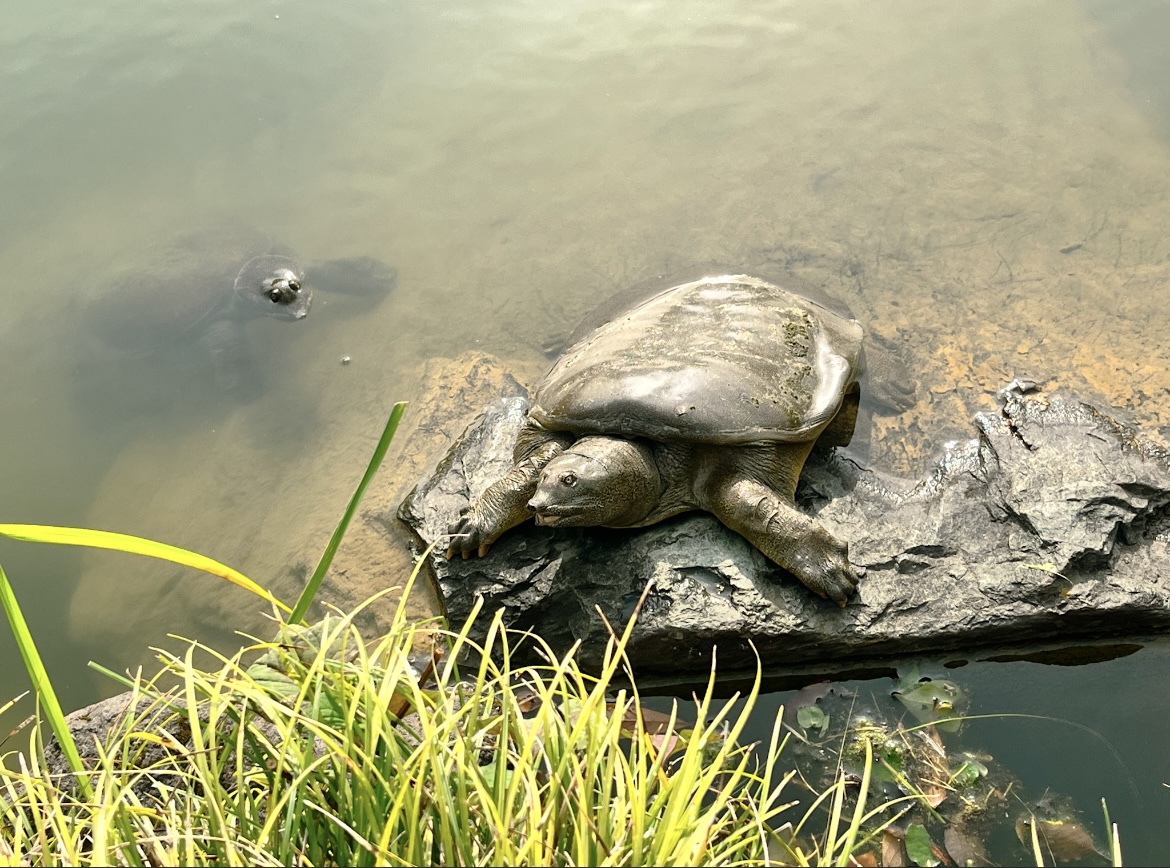
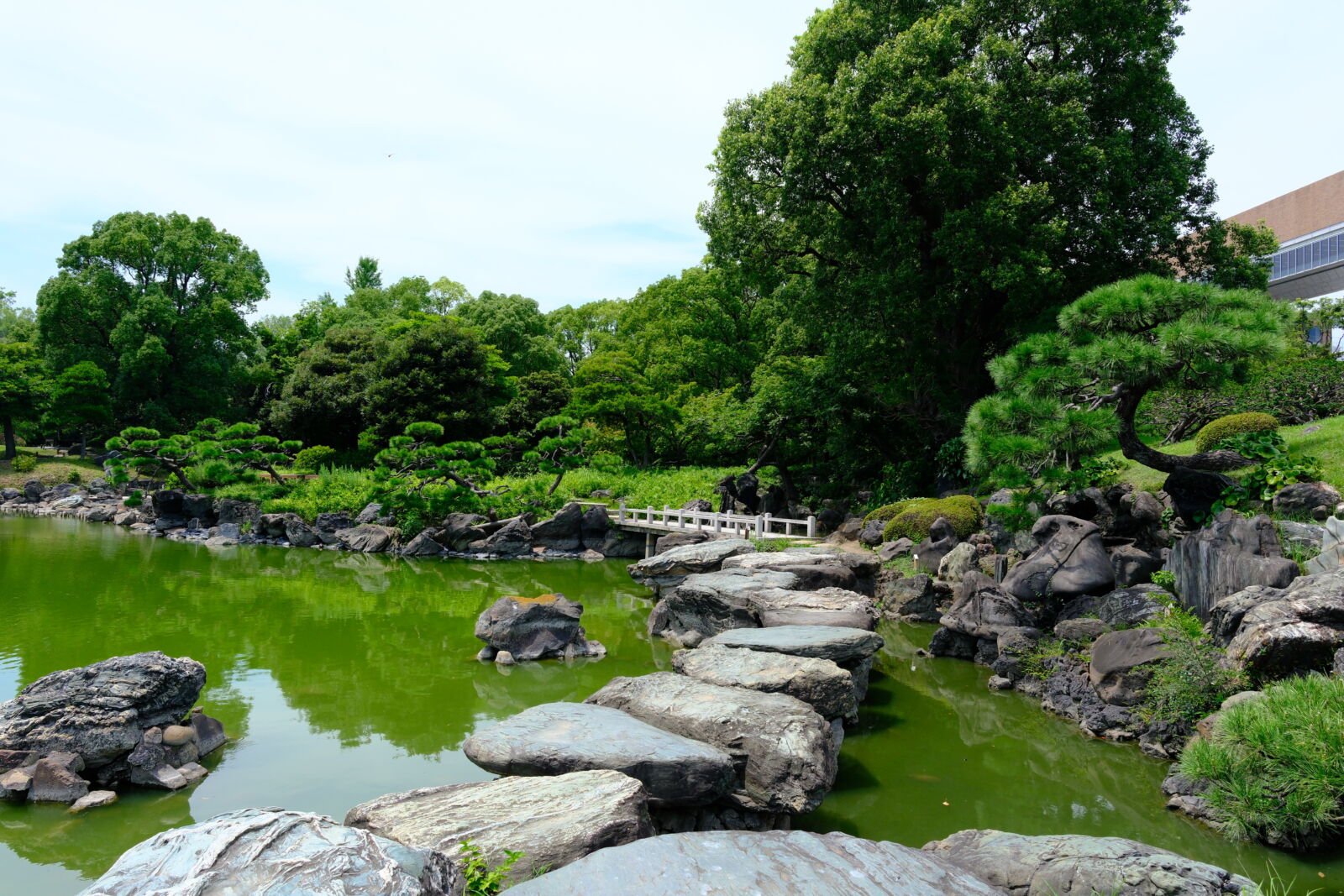
Once owned by the Mitsubishi Group, Kiyosimi Garden features a large pond dotted with boulders sourced from all over Japan. The relaxing setting is home to koi and turtles which visitors can view from the bridge or number of stone paths across the water.
Ultimate Tokyo Tour : Imperial Palace, Sake, Robots, Japanese Gardens and Edo Museum
- Spots:
- Pick-up:
- Drop-off:
Genkyuen Garden (Shiga)
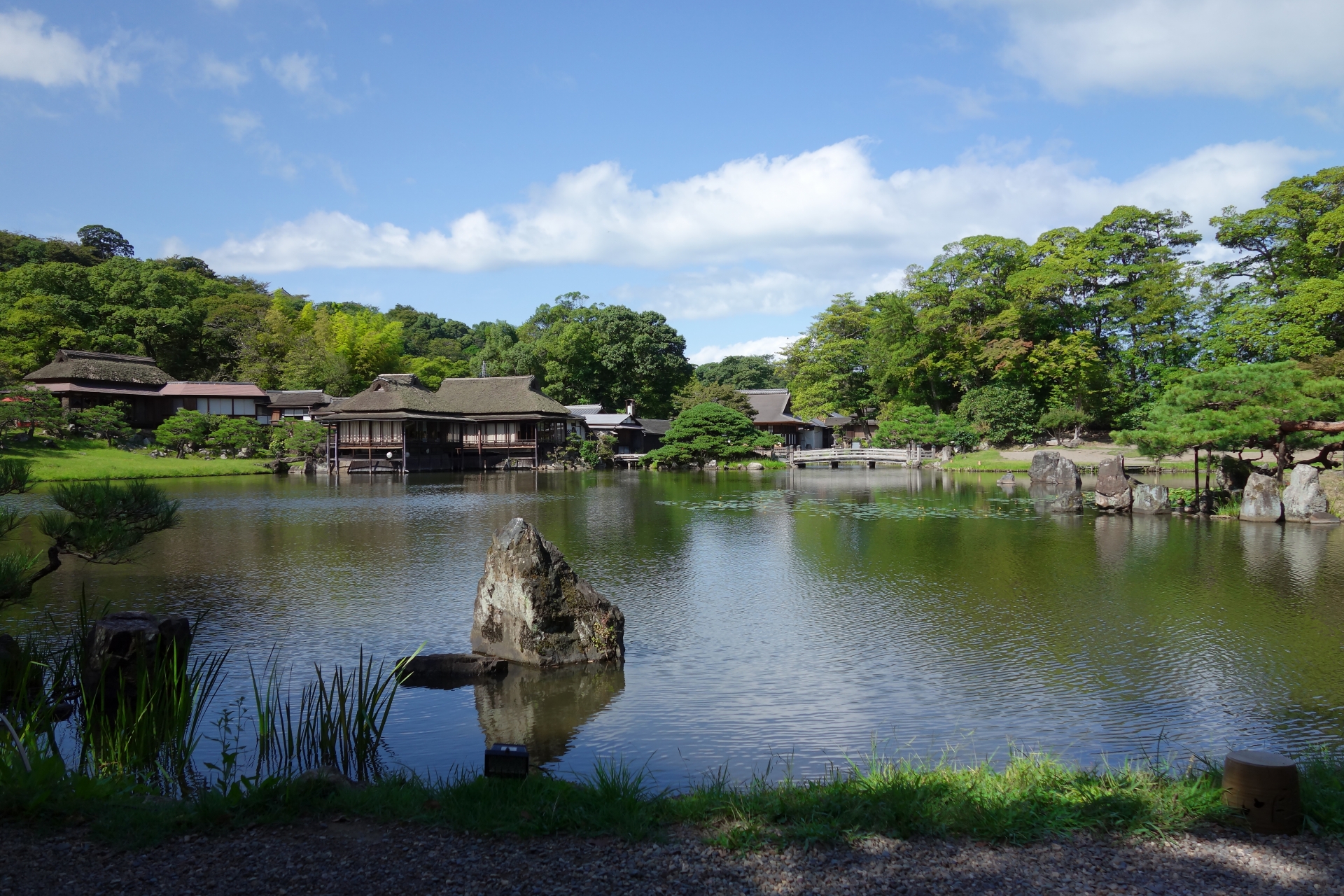
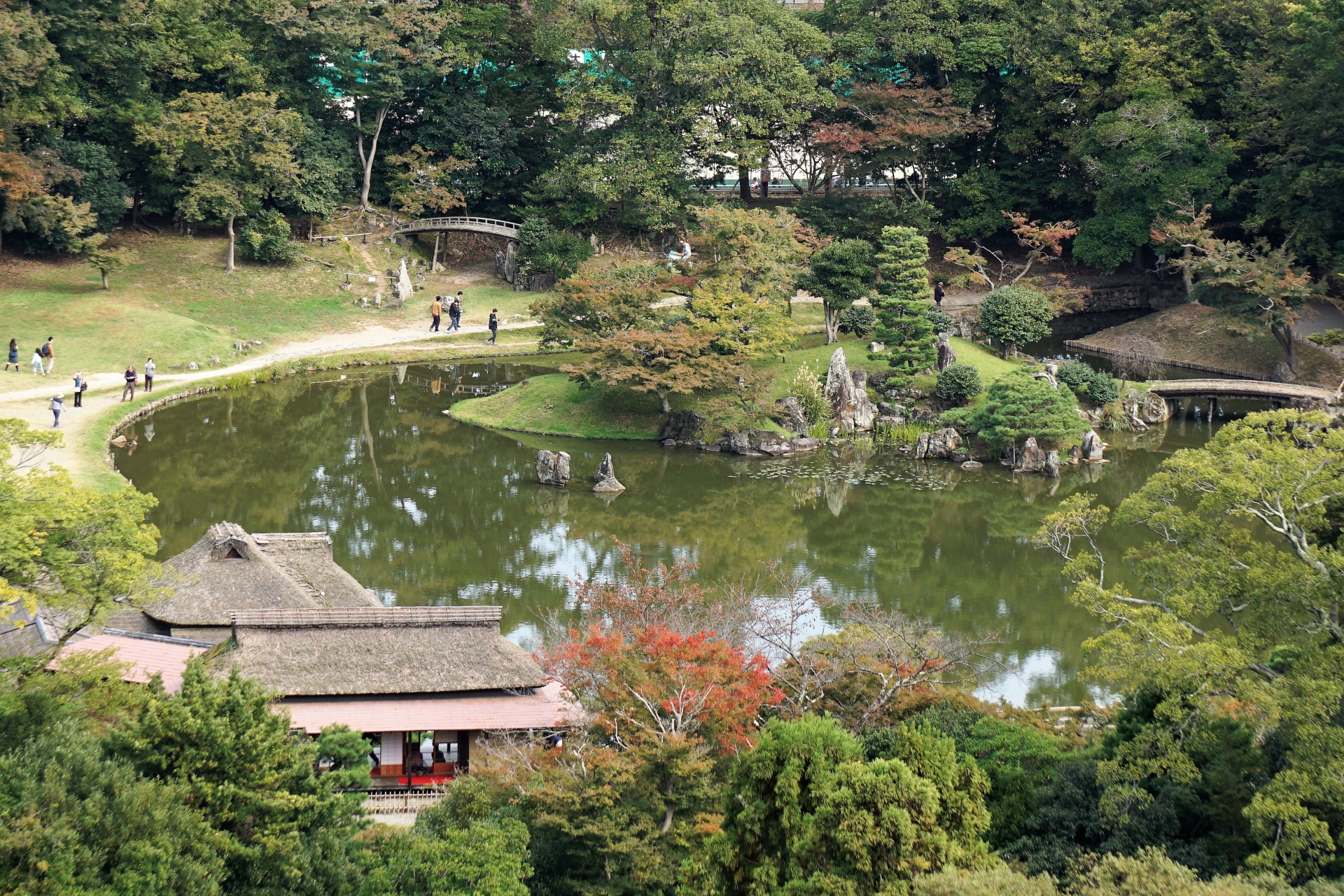

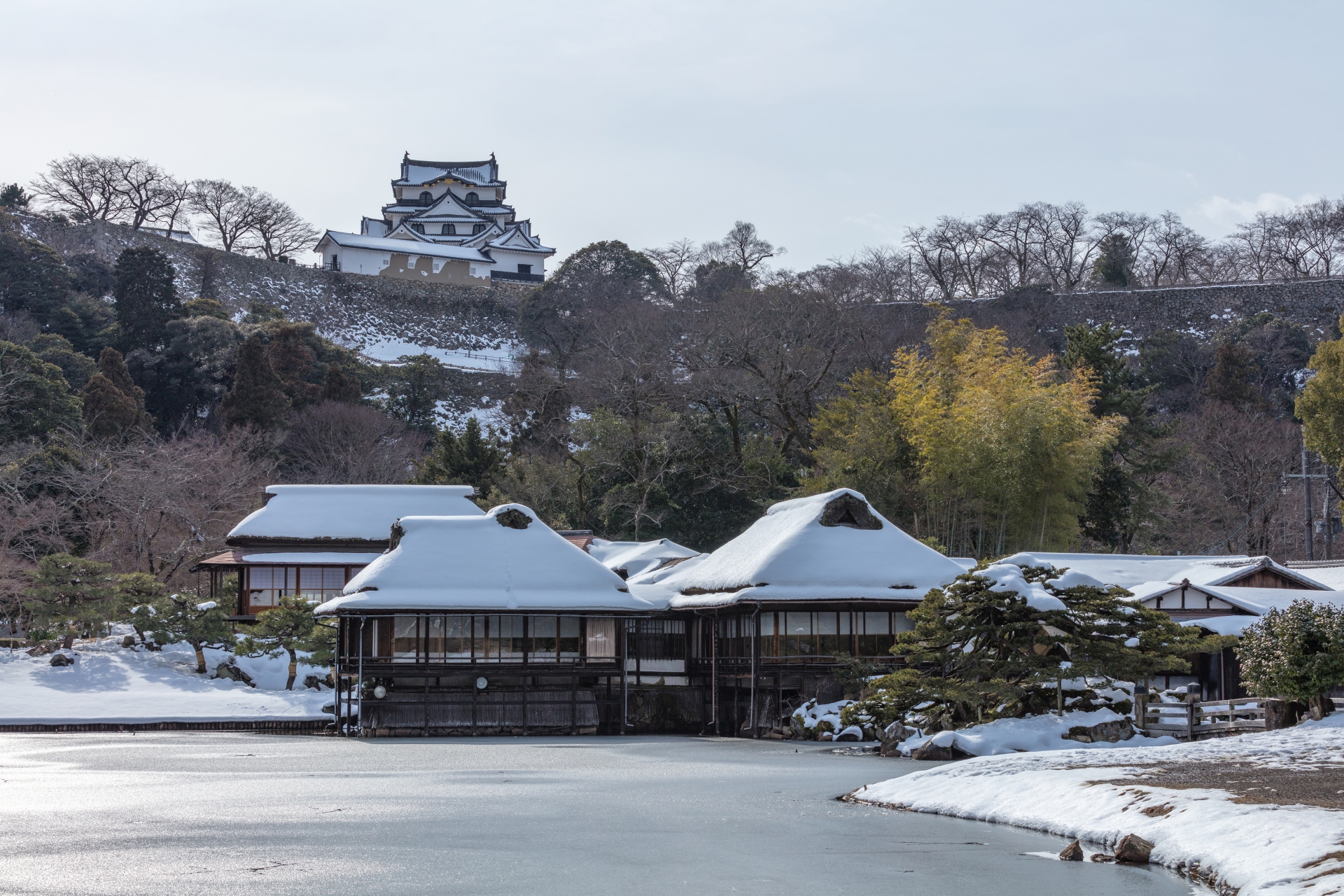
This peaceful Japanese garden with a functional tea house overlooks the inner moat at Hikone Castle. The three-story castle keep combines multiple different architecture styles and is particularly attractive in the spring when the 1200 cherry blossom trees surrounding the castle bloom. Hikone Castle is one of the twelve Japanese castles that still retain their original keeps.
1-Day Tour from Nagoya: Castles and Canals in Hikone and Omi Hachiman
- Spots:
- Pick-up:
- Drop-off:
What Seasons Are Best for Visiting Japanese Gardens?
Japanese gardens offer beauty throughout the year, but different seasons highlight different aspects of their charm. Here’s a guide to what you can expect in each season:
-- Spring (March to May): This is one of the most popular times to visit Japanese gardens. At this time cherry blossoms (sakura) are in full bloom, creating a stunning pink and white backdrop along the streets, waterways, parks, and, ofcourse, gardens. Many gardens also feature other spring flowers like tulips, peonies, azalea, and wisteria.
-- Summer (June to August): Summer brings lush greenery and vibrant colors to Japanese gardens. Visitors can enjoy the sight of irises, water lilies, and lotus flowers blooming in ponds and water features.
-- Autumn (September to November): The fall foliage transforms the landscape into a sea of red, orange, and gold. Many Japanese gardens also feature maple trees—offering breathtaking displays. The crisp air and moderate temperatures also make this a comfortable time for strolling through gardens.
-- Winter (December to February): Winter in Japanese gardens has its own unique appeal. The bare branches and the contrast with evergreens can create serene and stark beauty. Snow can add a magical touch, particularly in gardens with traditional architecture. It’s also a often quieter time, allowing for a peaceful visit.
Each season brings its own beauty to Japanese gardens, so your choice may depend on what type of scenery and experience you prefer as well as the unique features of the garden you intend to visit.
How to Plan Your Garden Tour in Japan:
For those interested in traveling to any of the locations listed on this page, we can arrange both private tours with an English-speaking guide or a private charter to these locations. With door-to-door service, we can pick you up from where you are and take you to where you want to go anywhere in Central Japan and the neighboring regions.

Our drivers and vehicles are fully certified, allowing us to transport you to and from your preferred destinations in combination with any activity that suits your schedule. All vehicles are well-maintained and in good condition, allowing you to relax and enjoy your ride to wherever you are going.
For more information, please click HERE to check availability and pricing for your trip. We’d love to be part of your adventure in Central Japan and help you discover even more!














